Fitbits and Garmins are everywhere nowadays.
They let you track a whole number of fitness-oriented goals, from daily step count to sleep and VO2 max, but one of their main selling points is heart rate data.
So just how accurate are heart rate readings taken from the wrist? Built for Athletes takes a look.
How Accurate Are Wrist-Based Heart Rate Monitors For Resting Heart Rate?
There’s been a reasonable amount of research done into the accuracy of wrist-based monitors in comparison to chest straps, and the recurring finding is that wrist-based monitors are most accurate at rest and then become less trustworthy as the intensity of exercise increases.
The exact accuracy varies depending on the study and the type of watch being used, but one evaluation found that watches were 89 per cent accurate when sitting compared to an electrocardiography reading.
So this suggests you largely can rely on wrist data outside of exercise.
If you want to put your own watch to the test, you can always take your pulse rate at home to compare.
How Accurate Are Wrist-Based Heart Rate Monitors For Exercise?
While wrist-based monitors give a general indication of where your heart rate is at, they are a long way behind the accuracy that a chest strap can give you according to the research.
The same study mentioned above, for example, found chest straps had a 0.99 correlation with electrocardiograph readings while wrist monitors varied between a 0.83 and a 0.91 correlation.
Another set of researchers concluded that although wrist data was not wholly accurate, it was “acceptably close”.
And a more recent paper from August 2019 compared readings from an Apple Watch, a Fitbit Ionic, a Garmin Vivosmart HR, and a TomTom Spark 3, and found the Apple Watch to be the most reliable, although still not as accurate as a chest strap.
Conclusions
While wrist monitors can be accurate at rest - and you can check just how accurate your own is with a manual test - they are only good for giving you a general sense of heart rate during exercise.
This might suit your needs, but if you’re looking to use heart rate to hit a specific training stimulus for a cardio workout, you might want to invest in a chest strap.


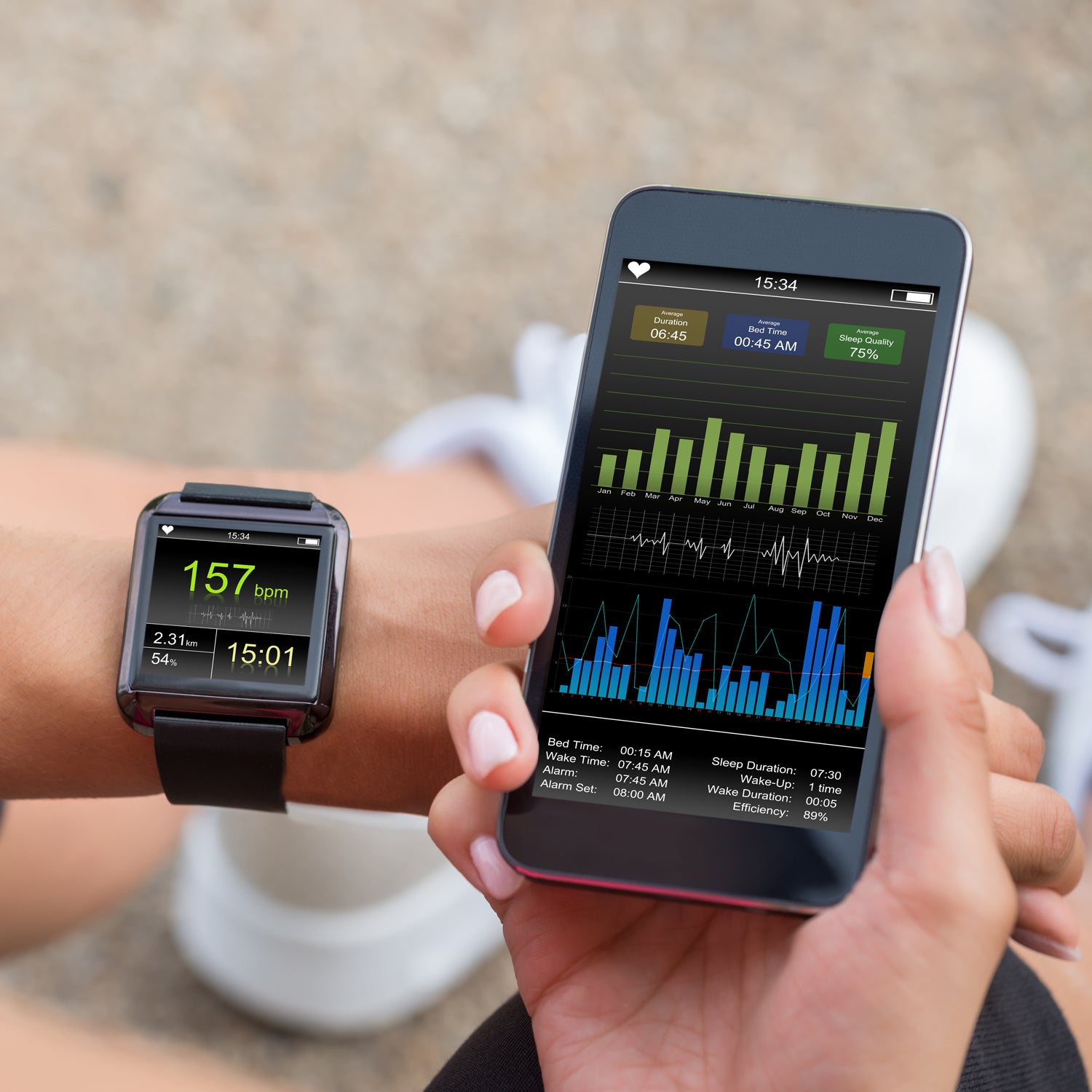
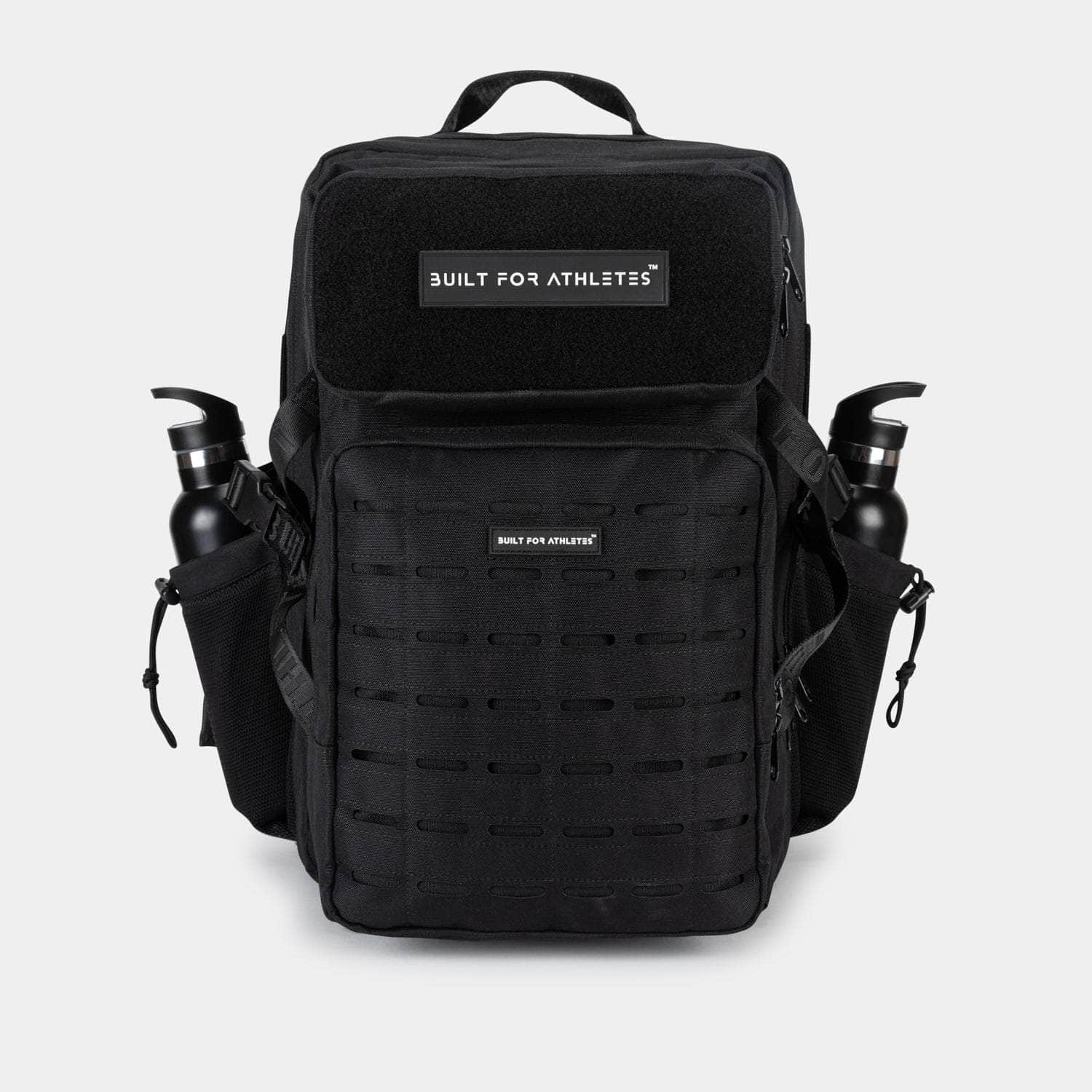
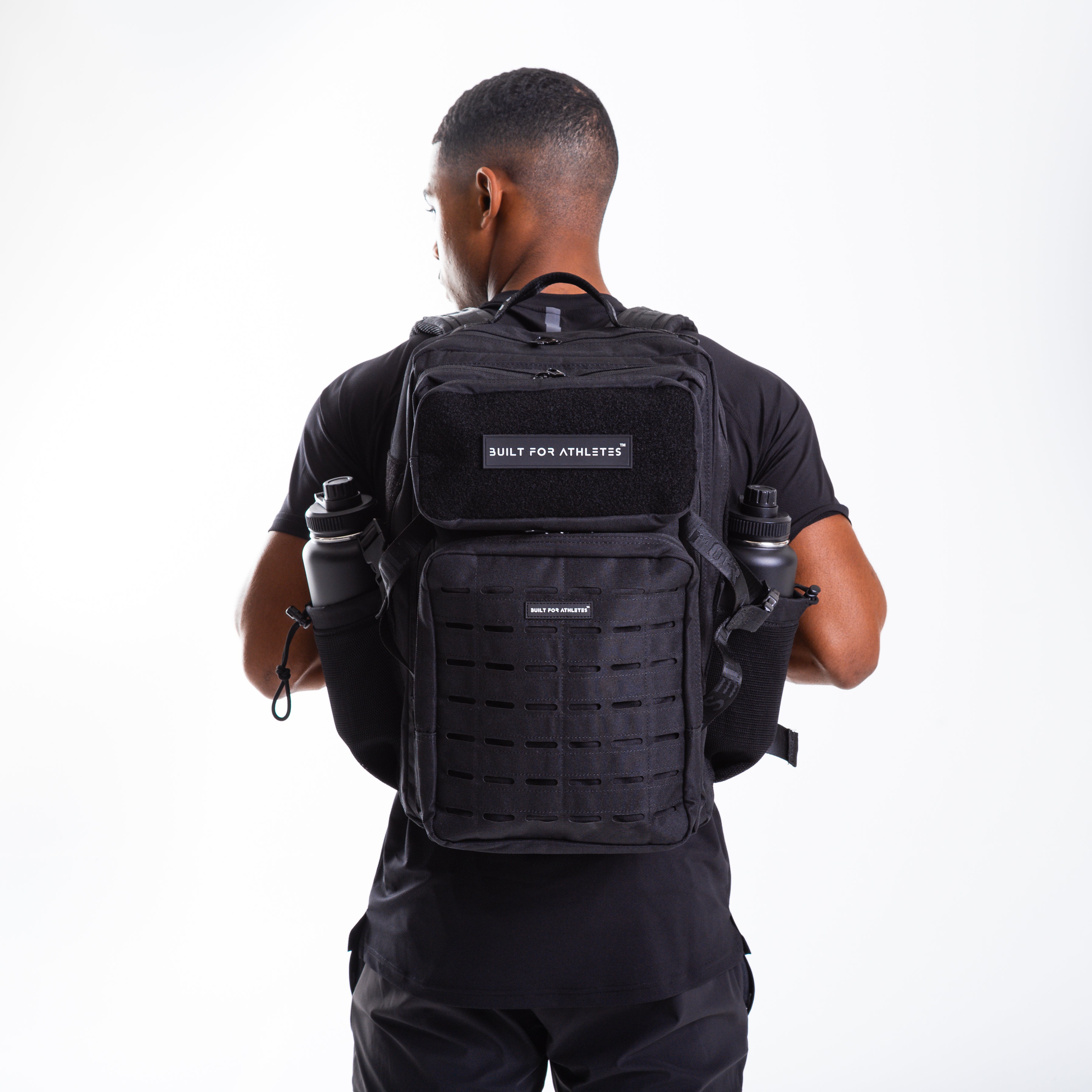
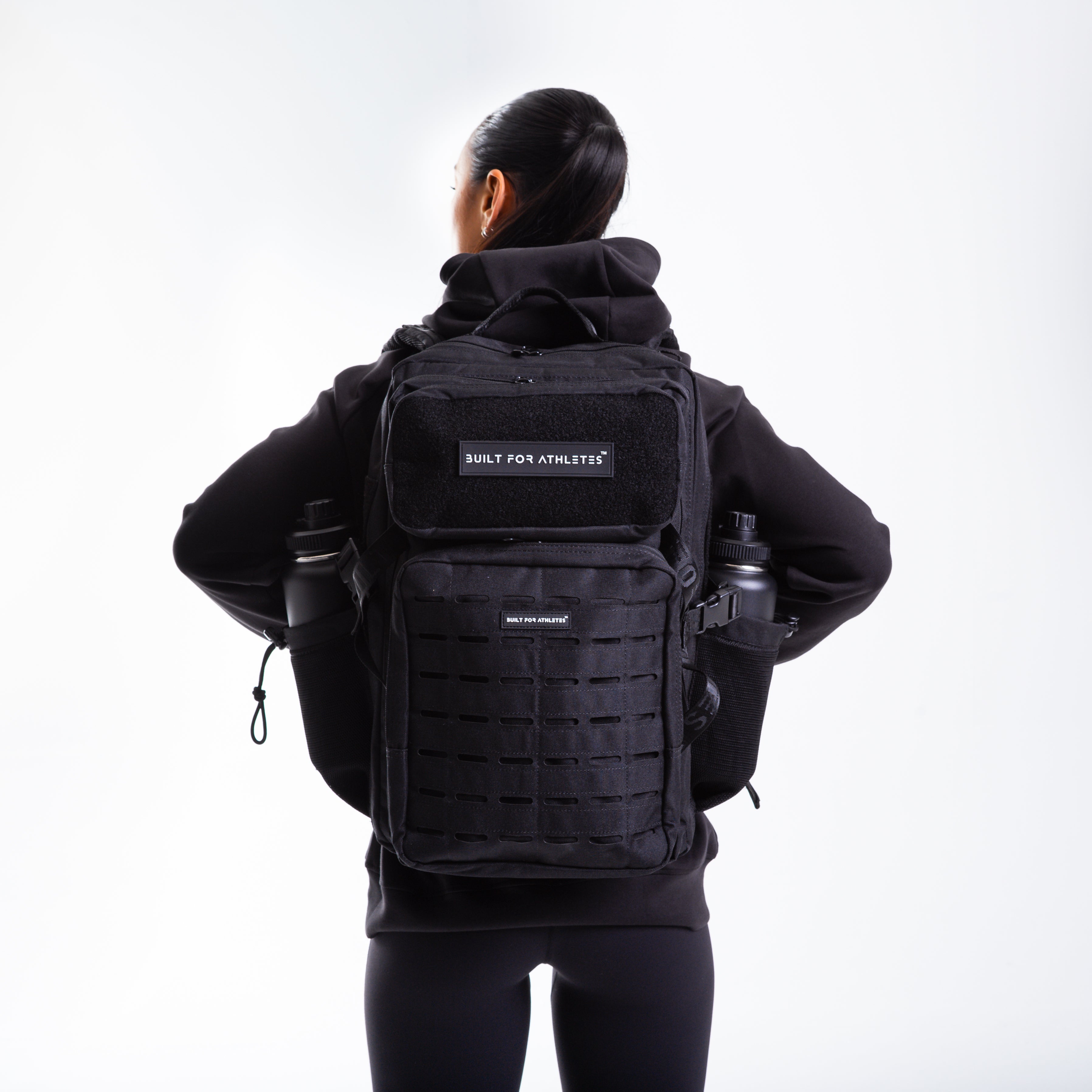
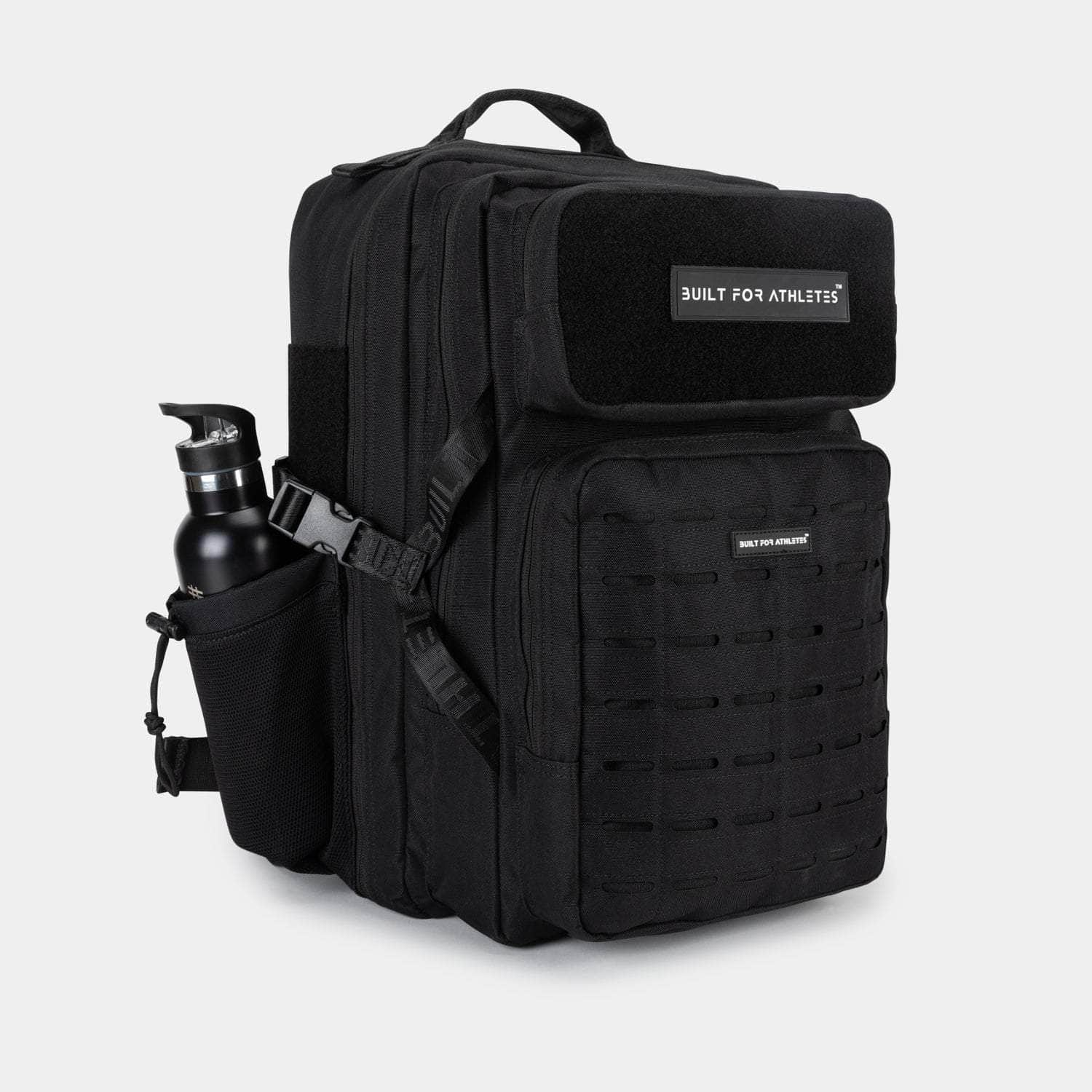





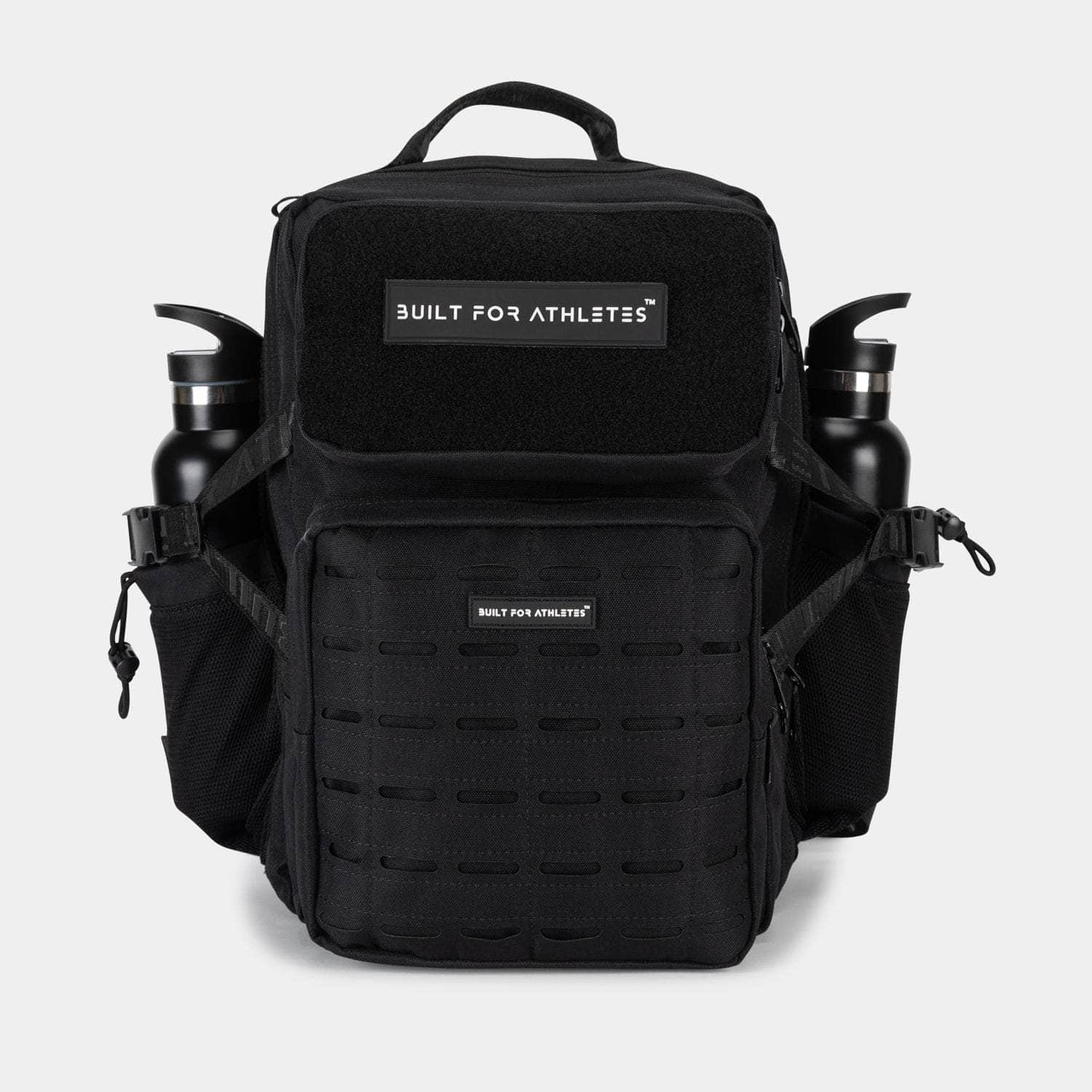
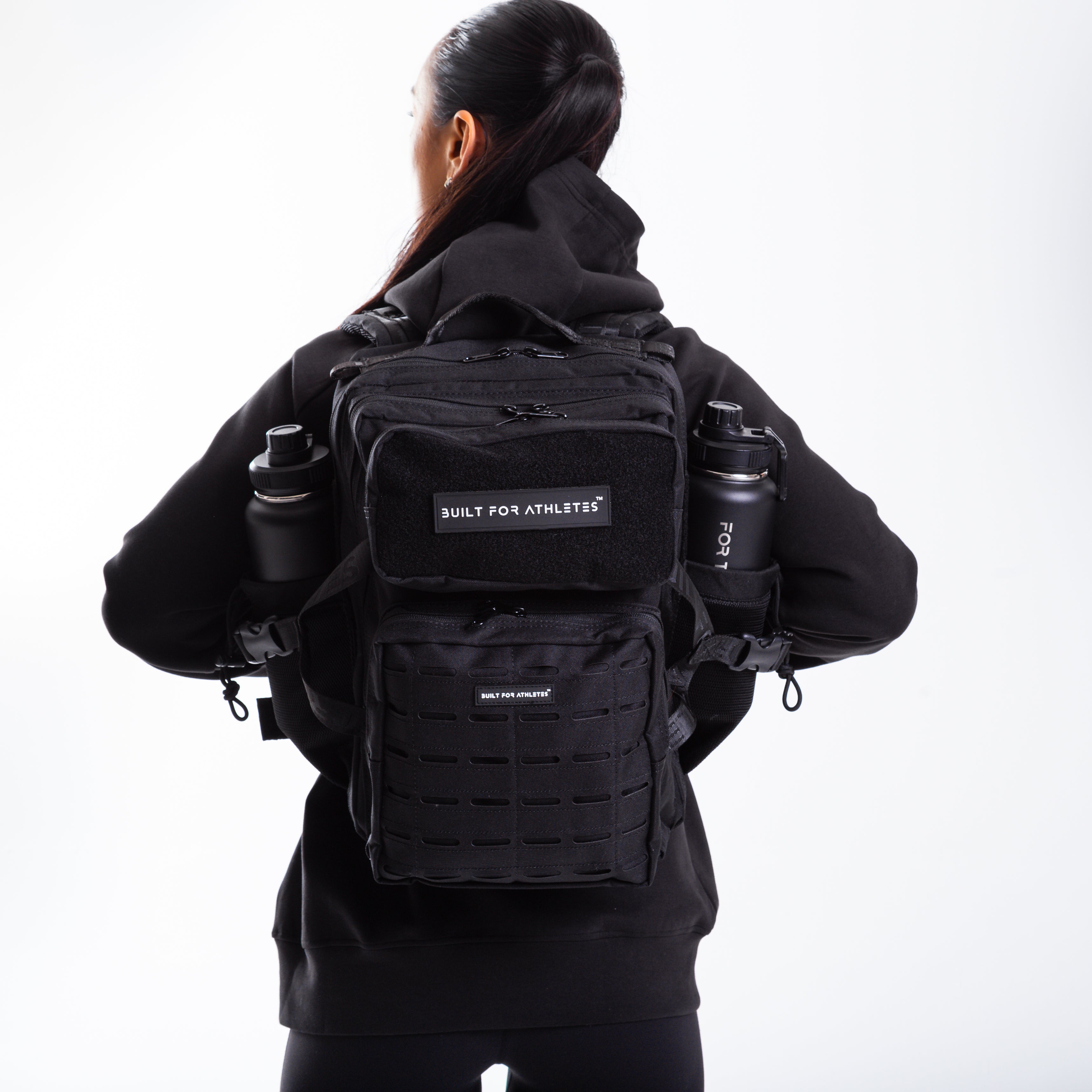
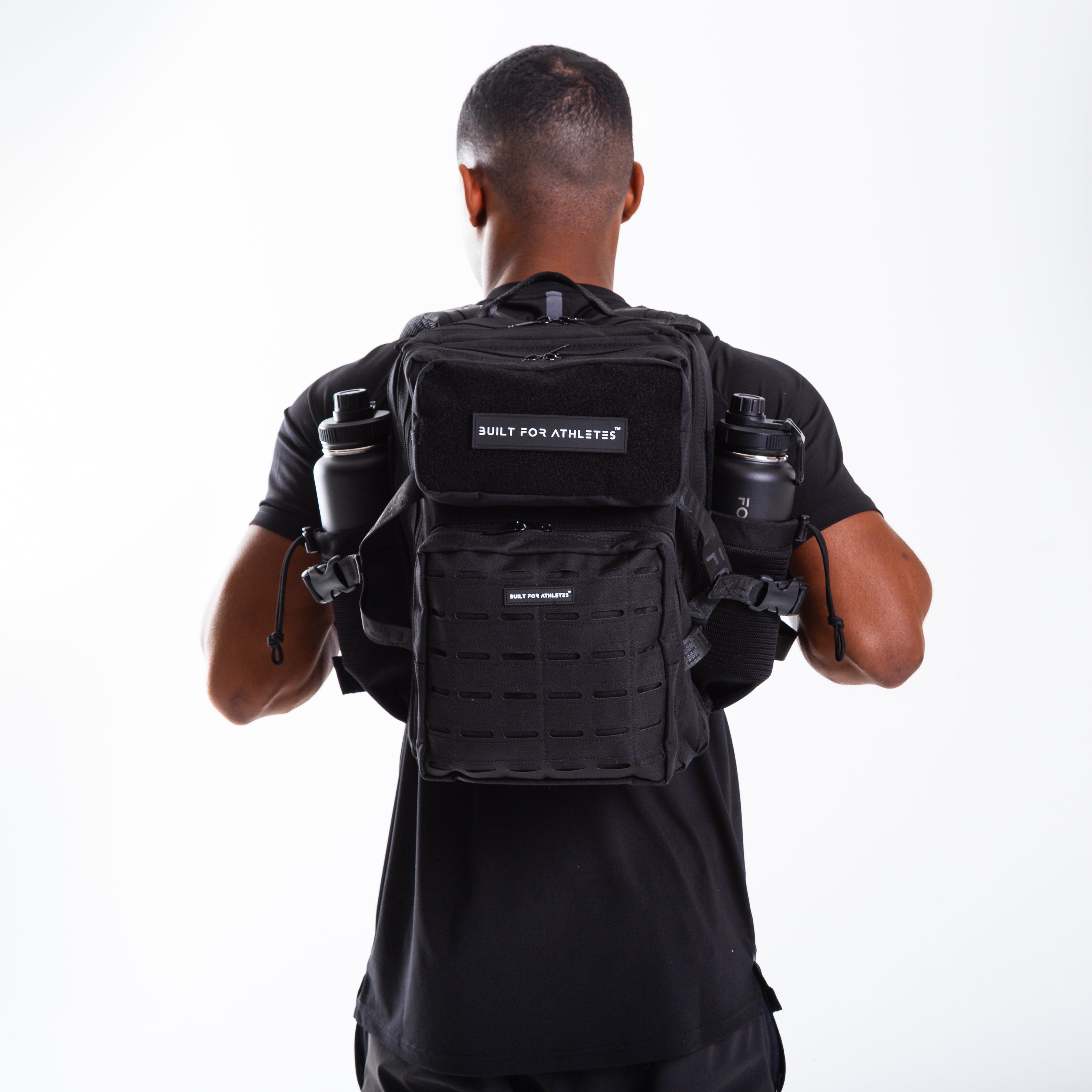
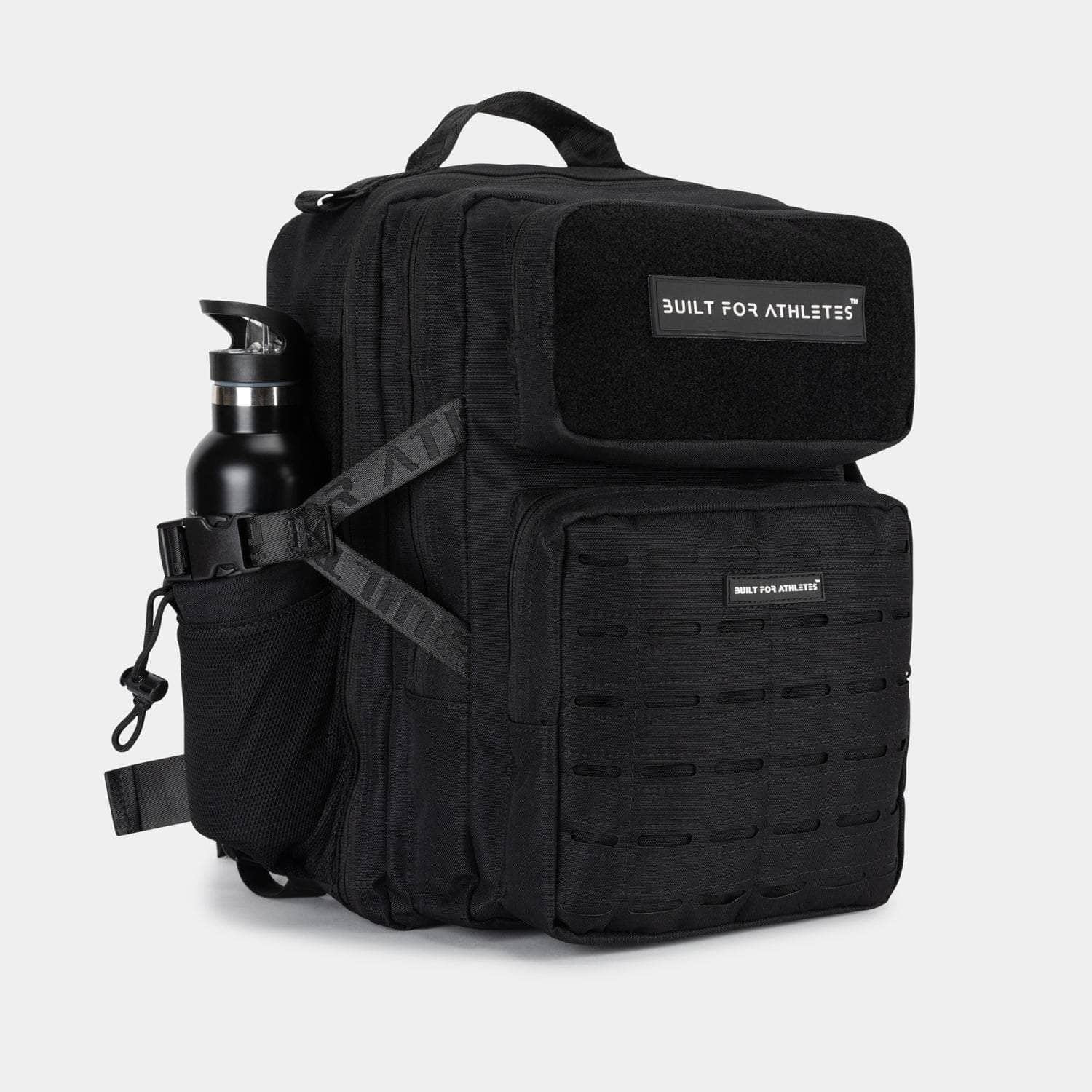



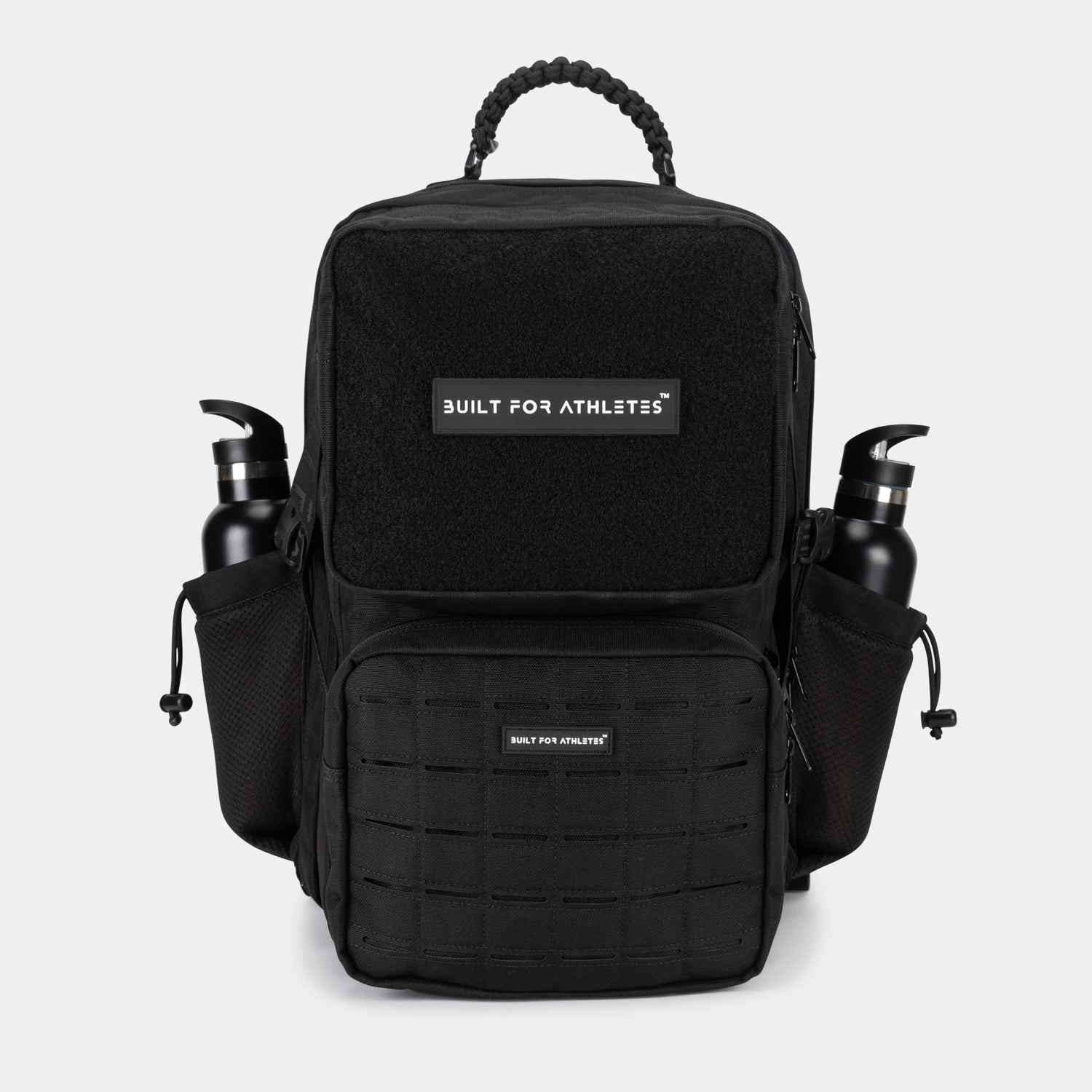
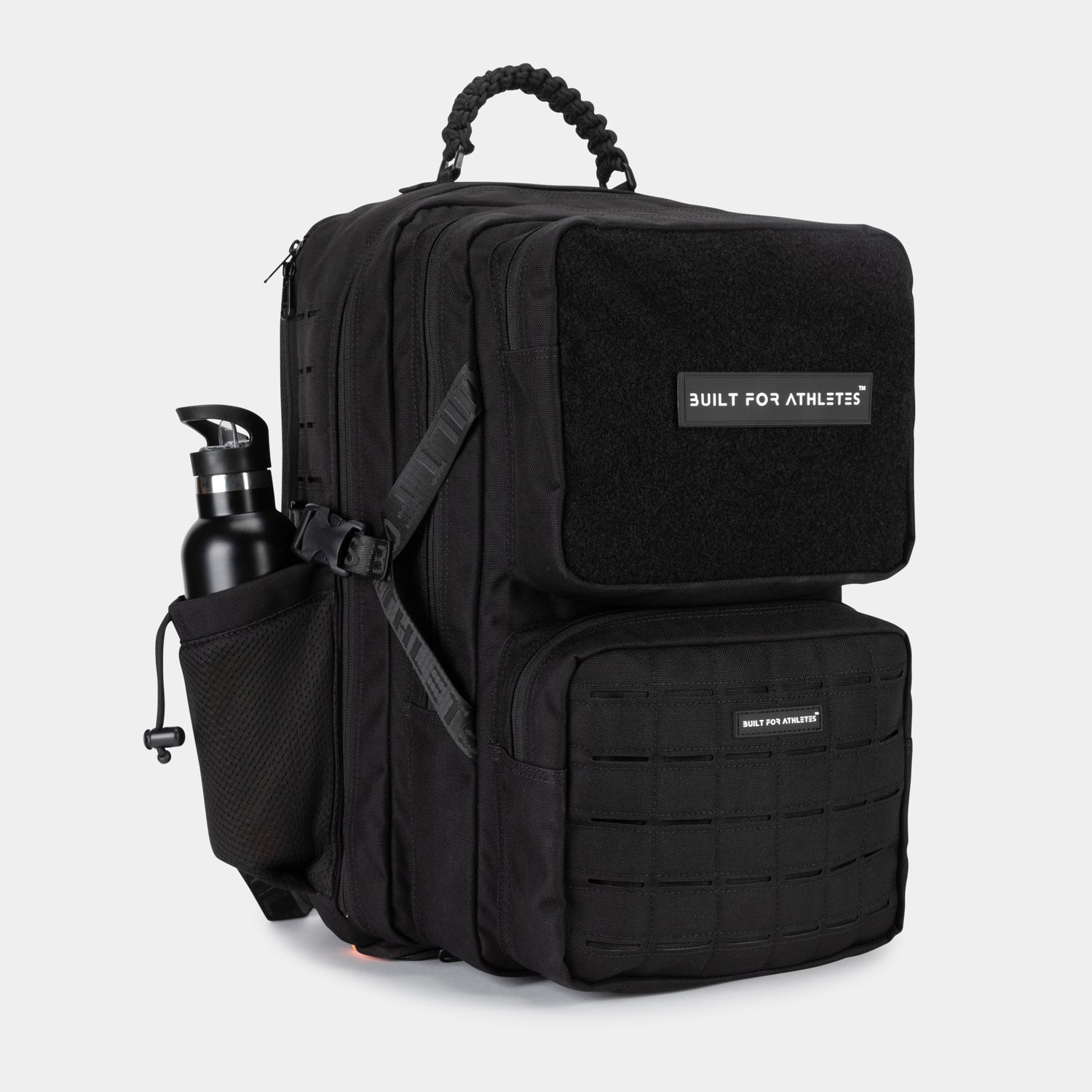
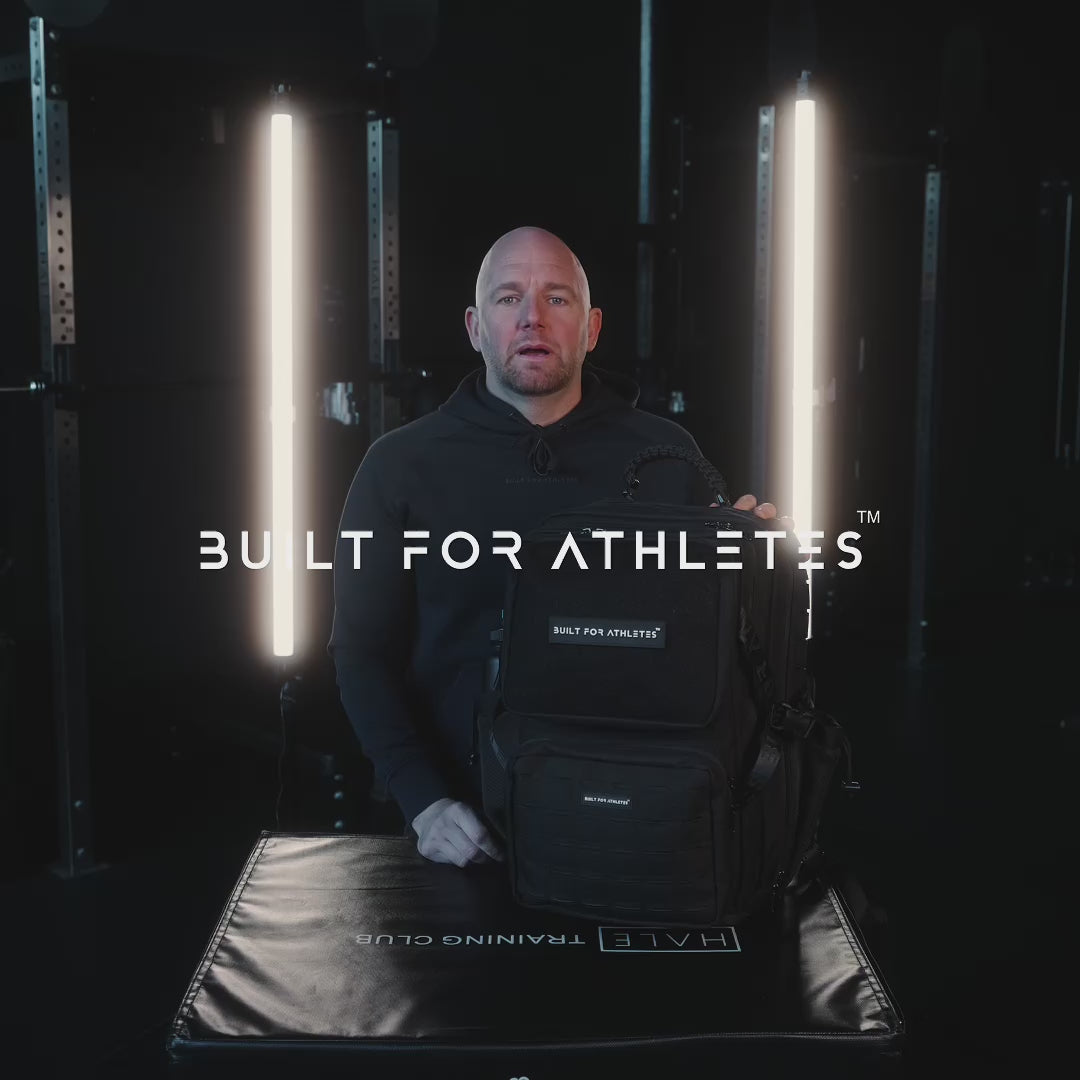
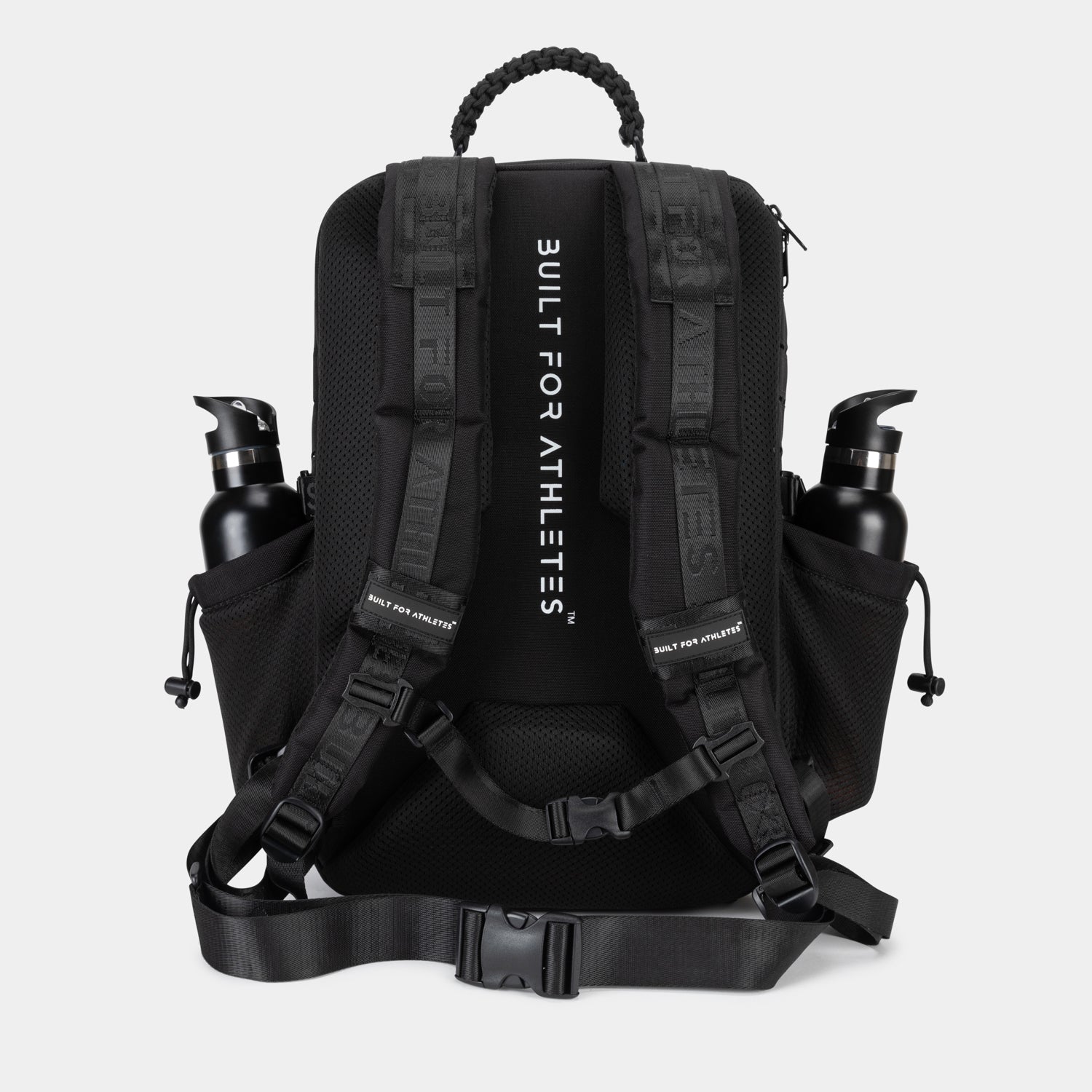









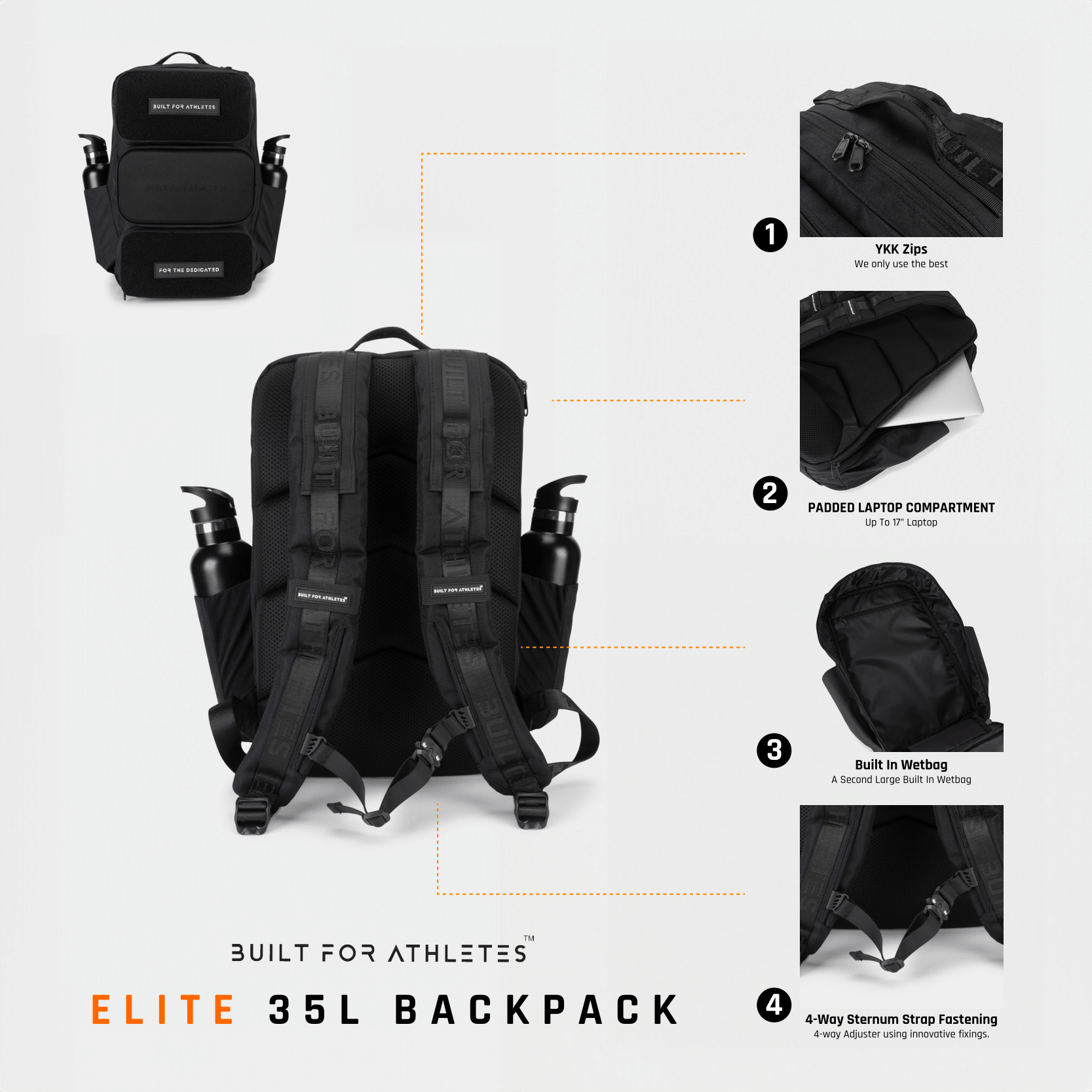
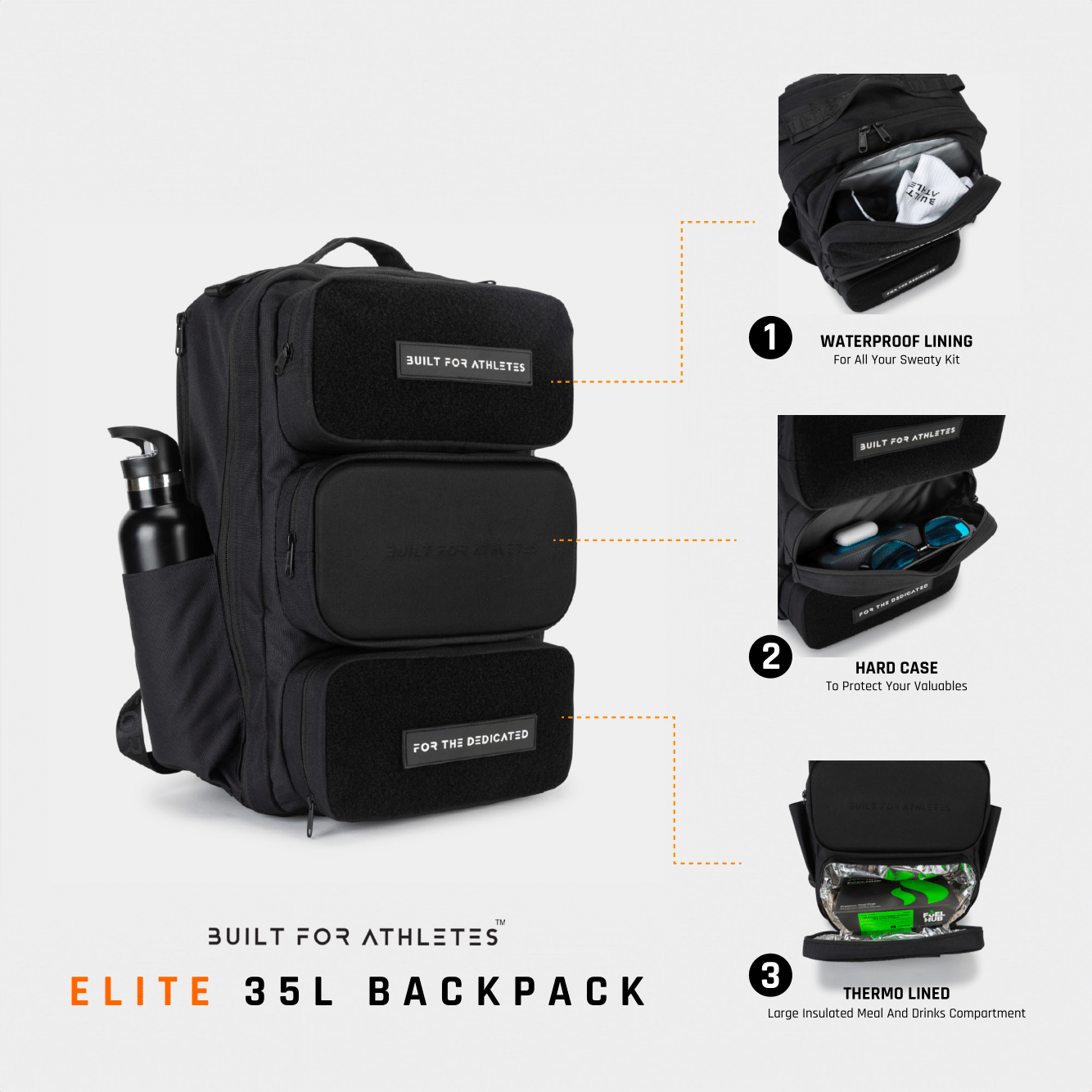



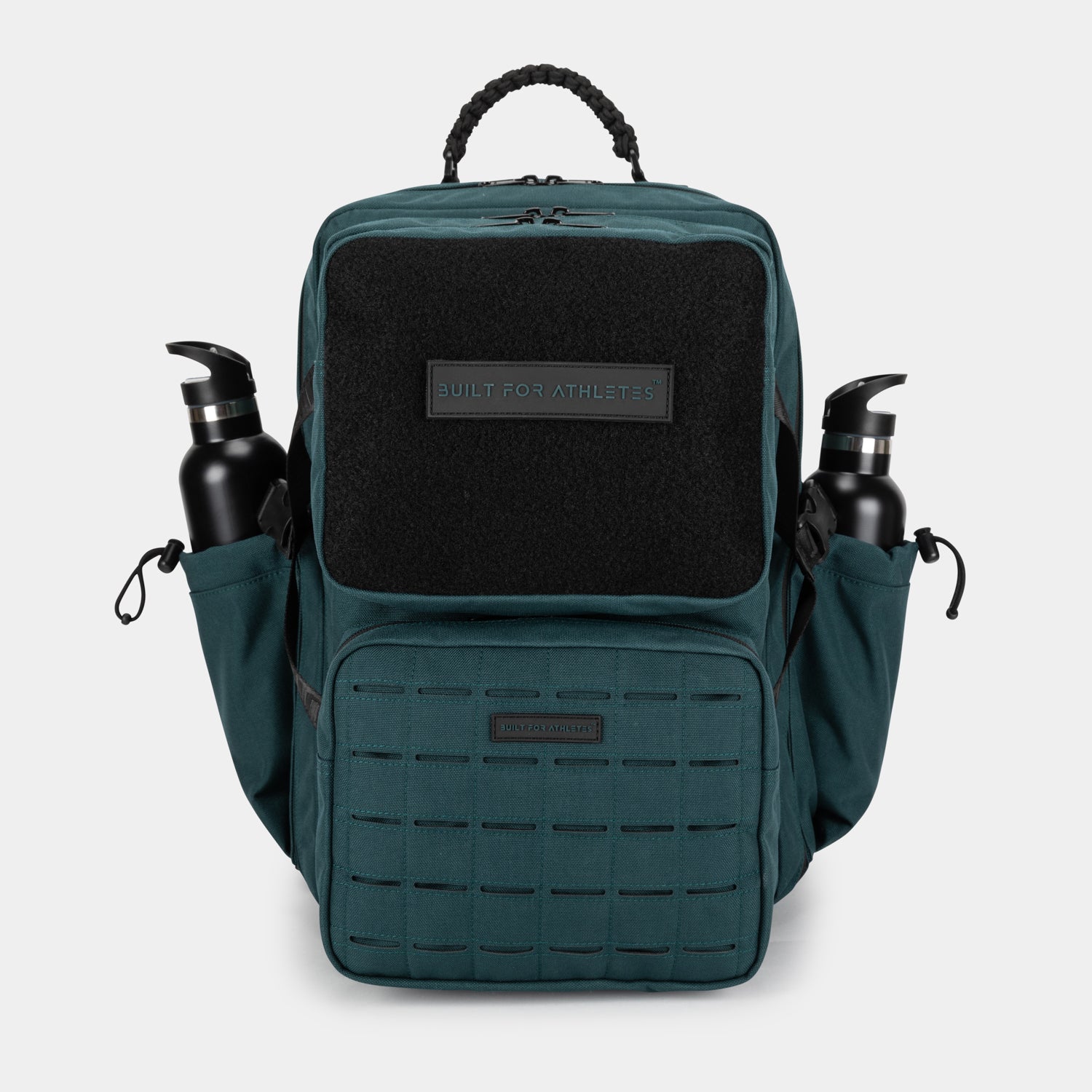
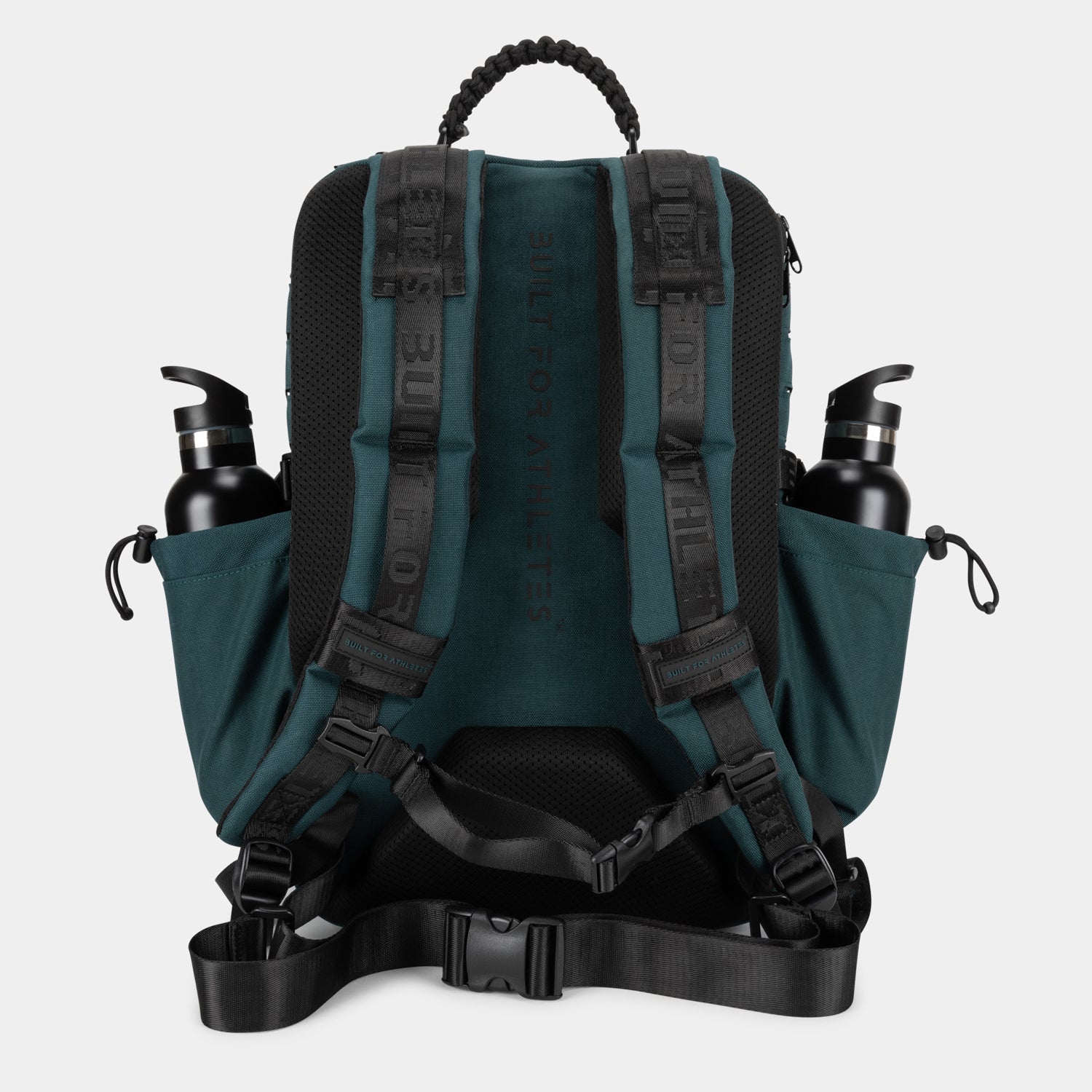
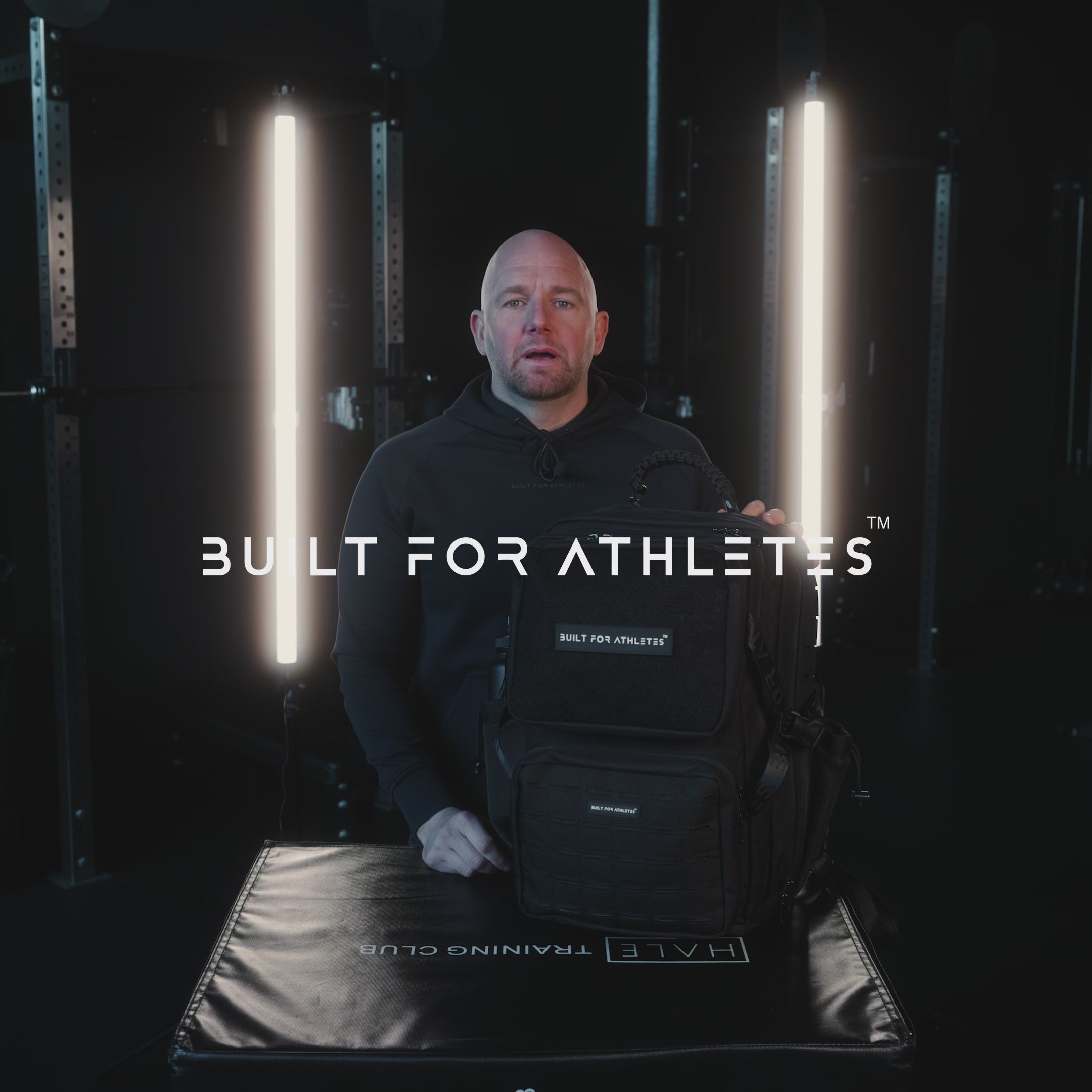
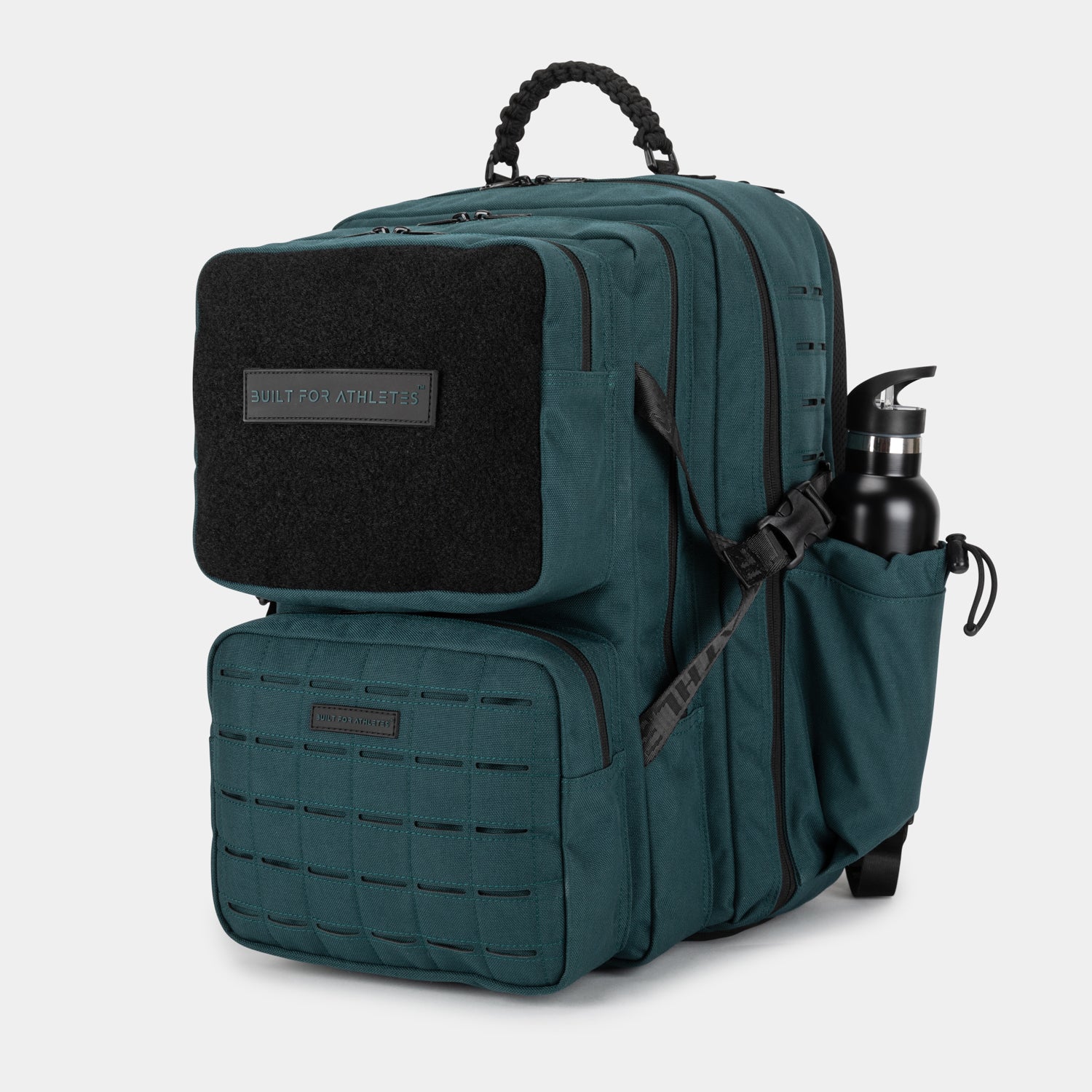
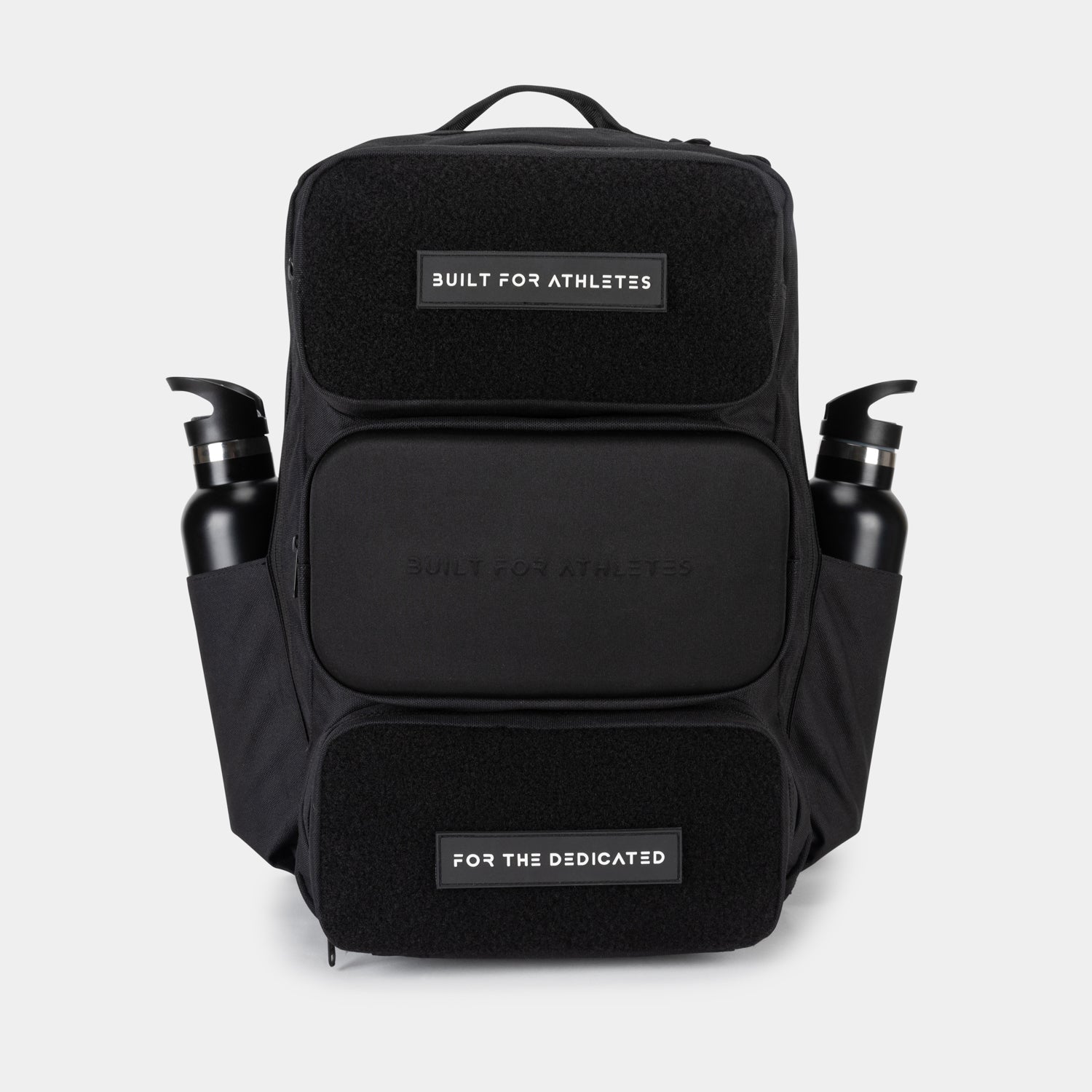
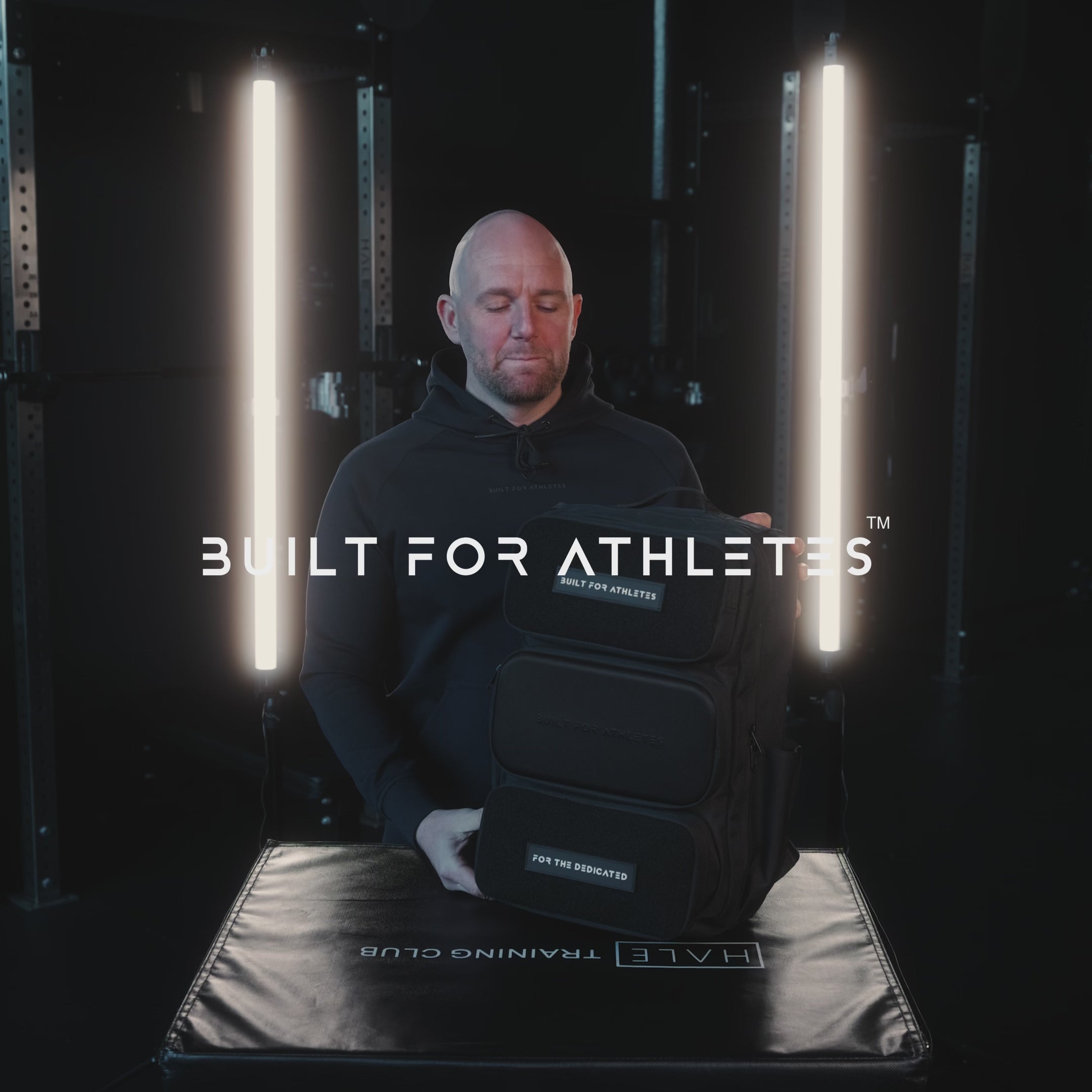
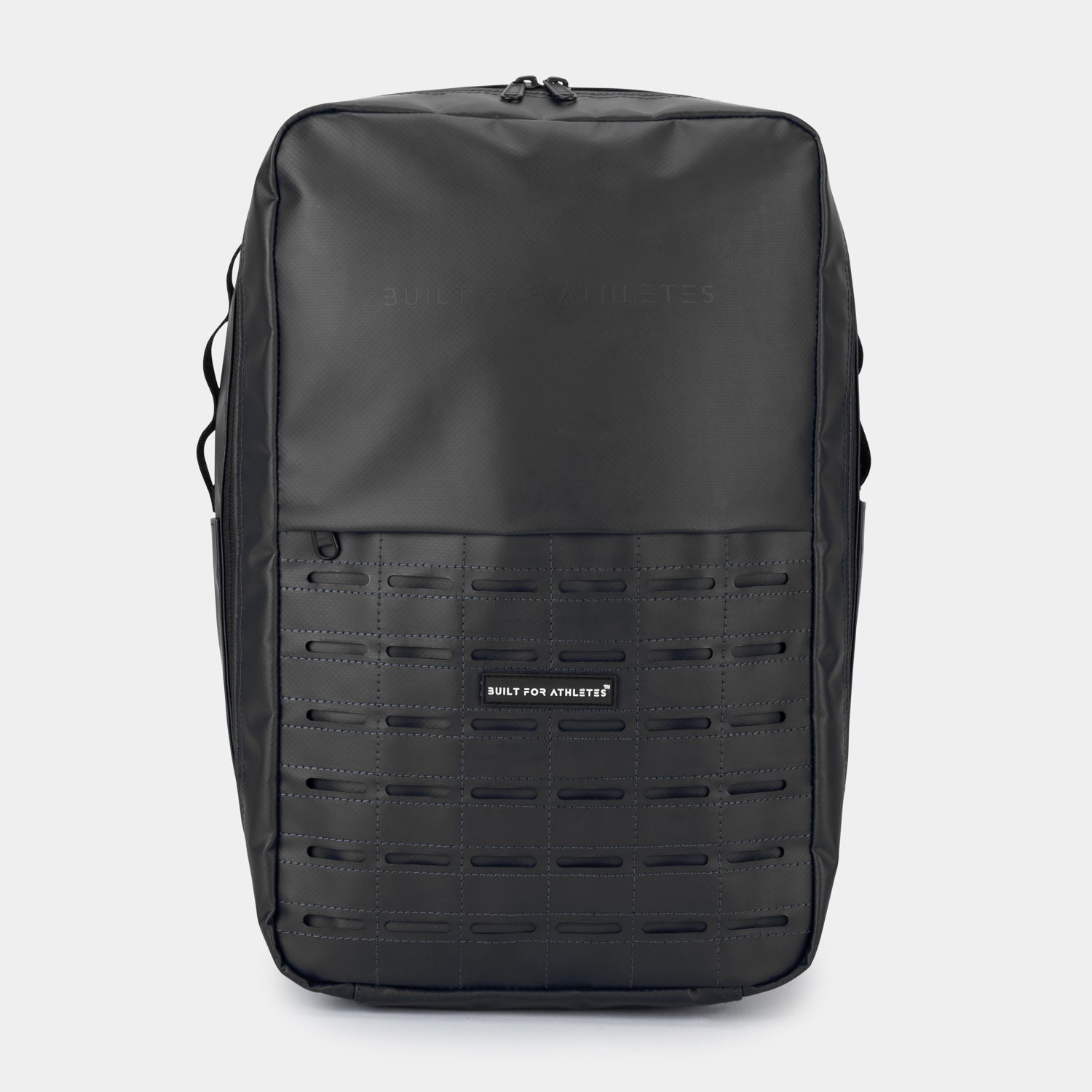
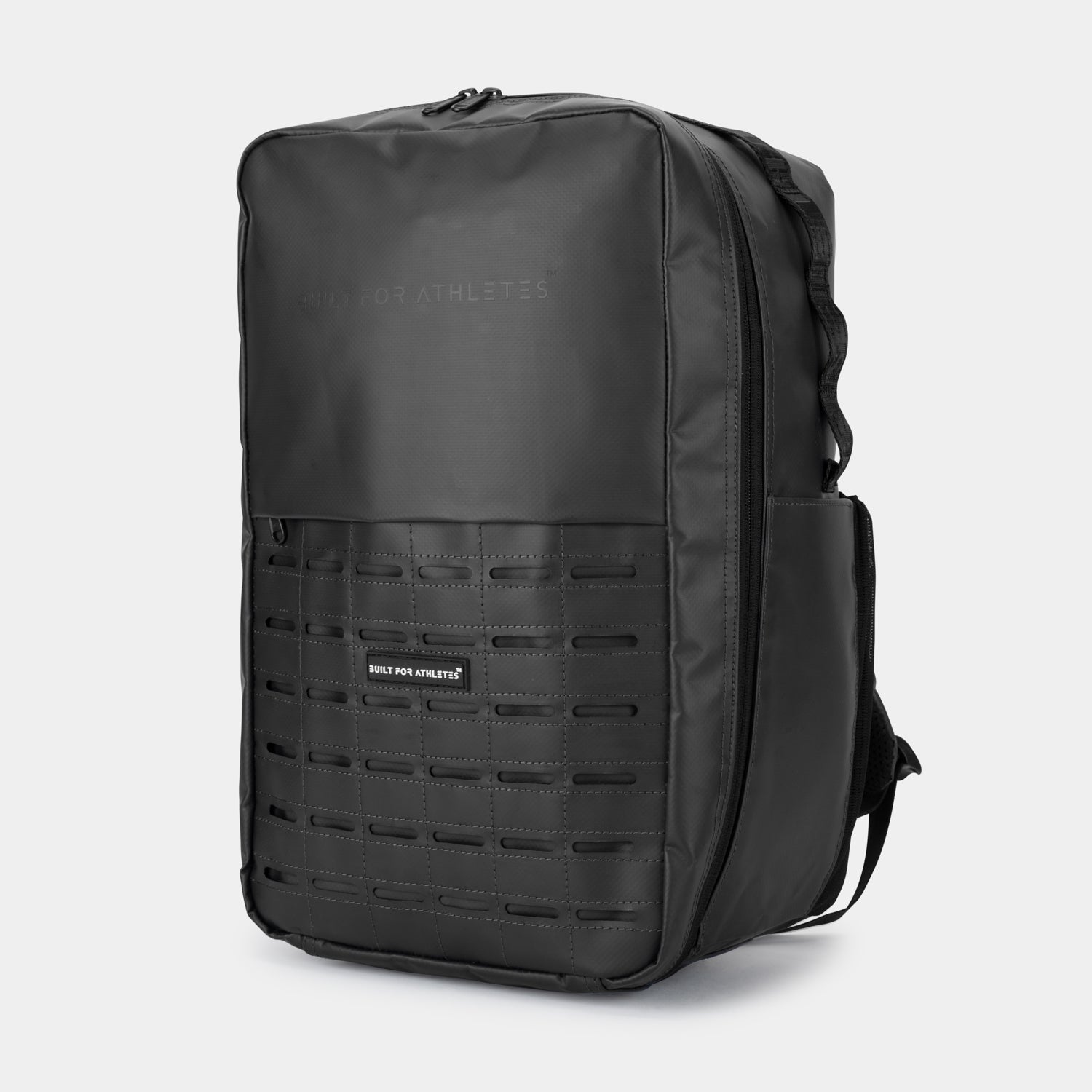
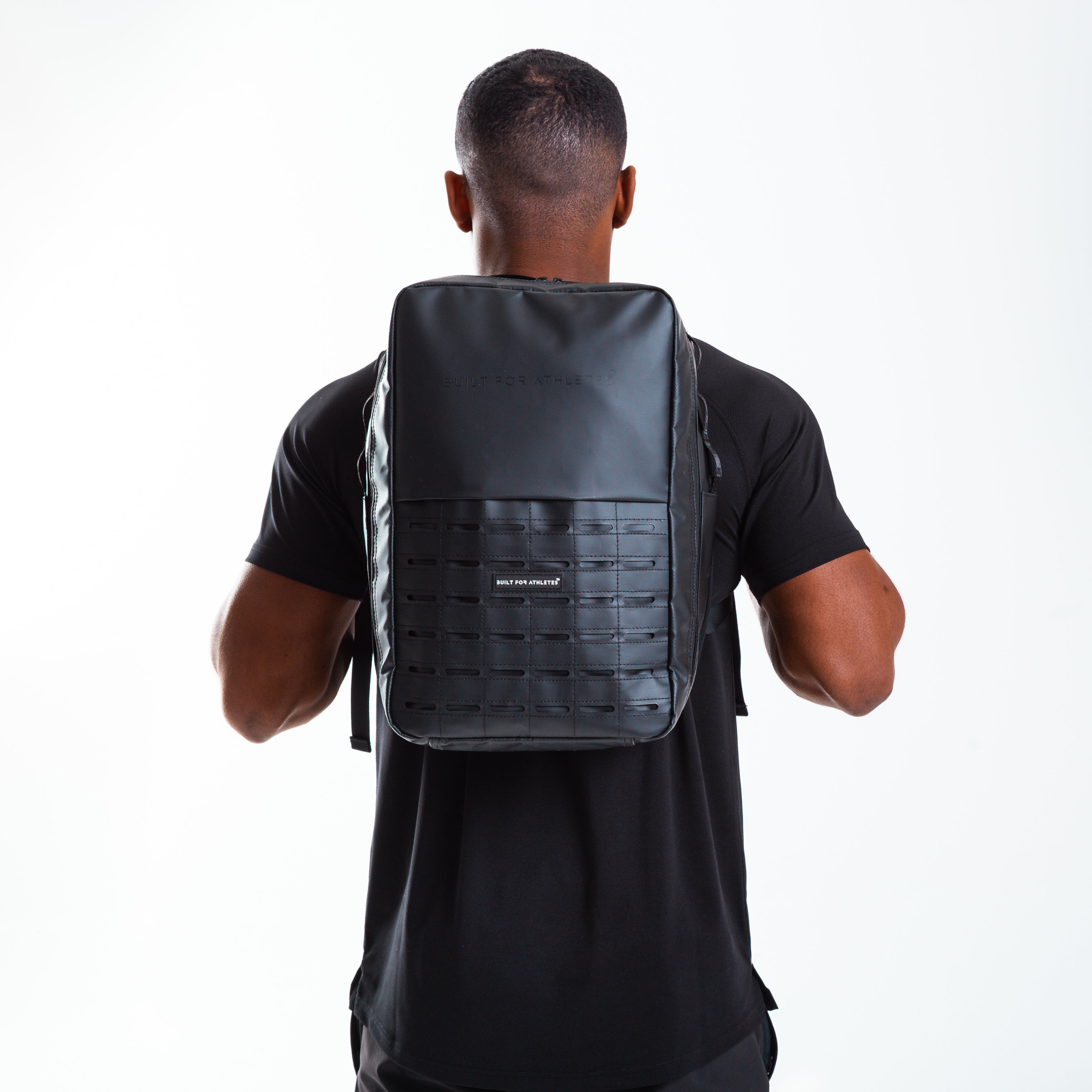
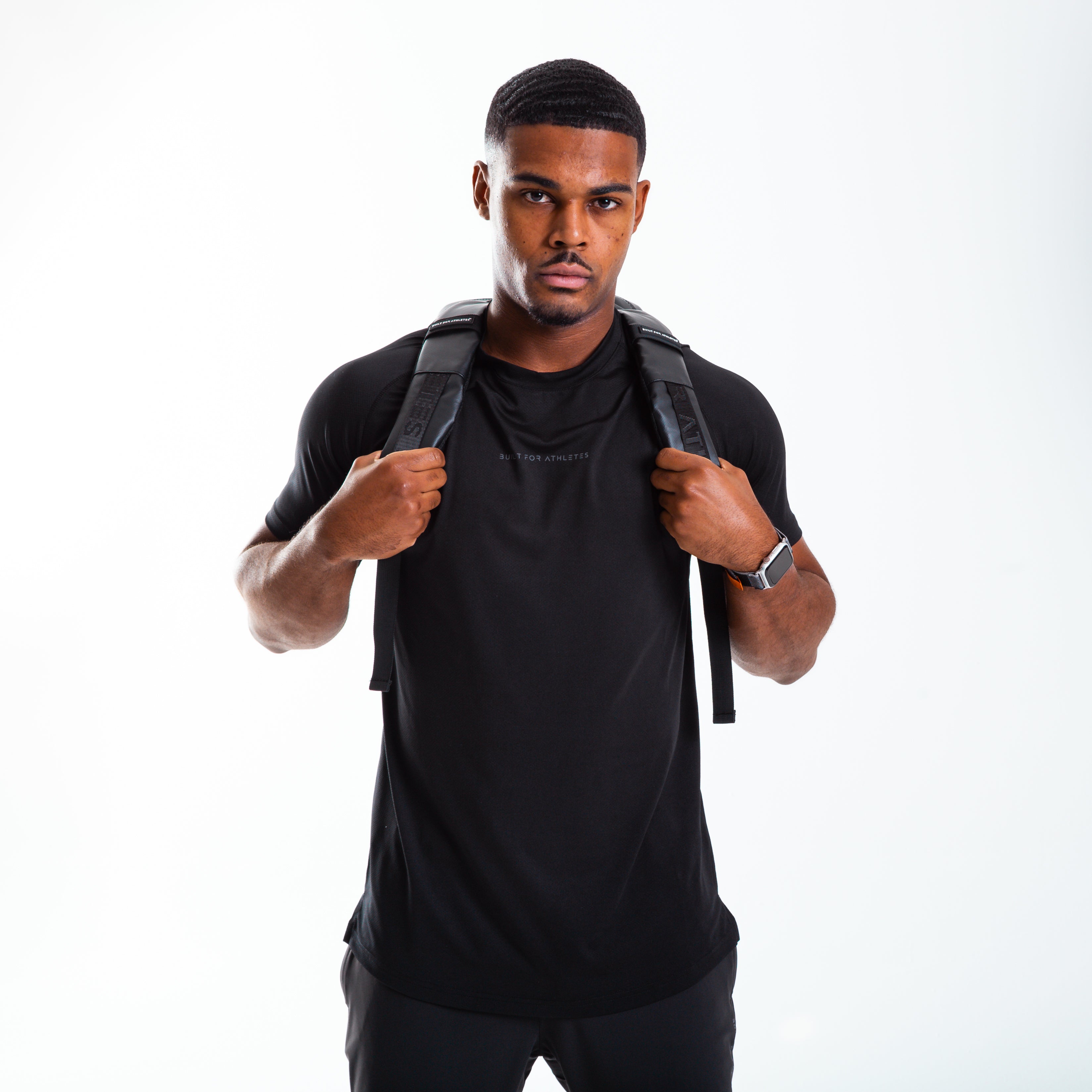


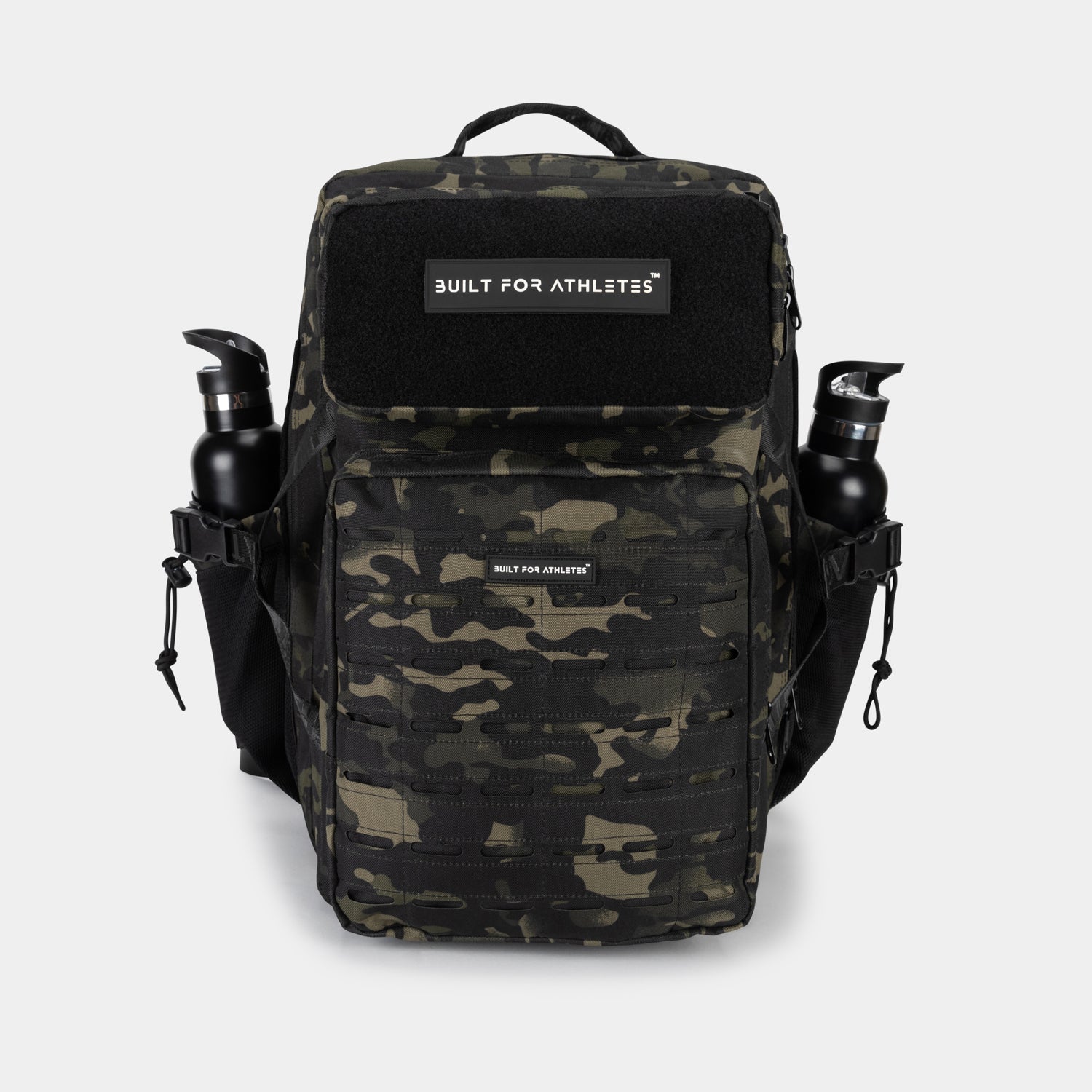
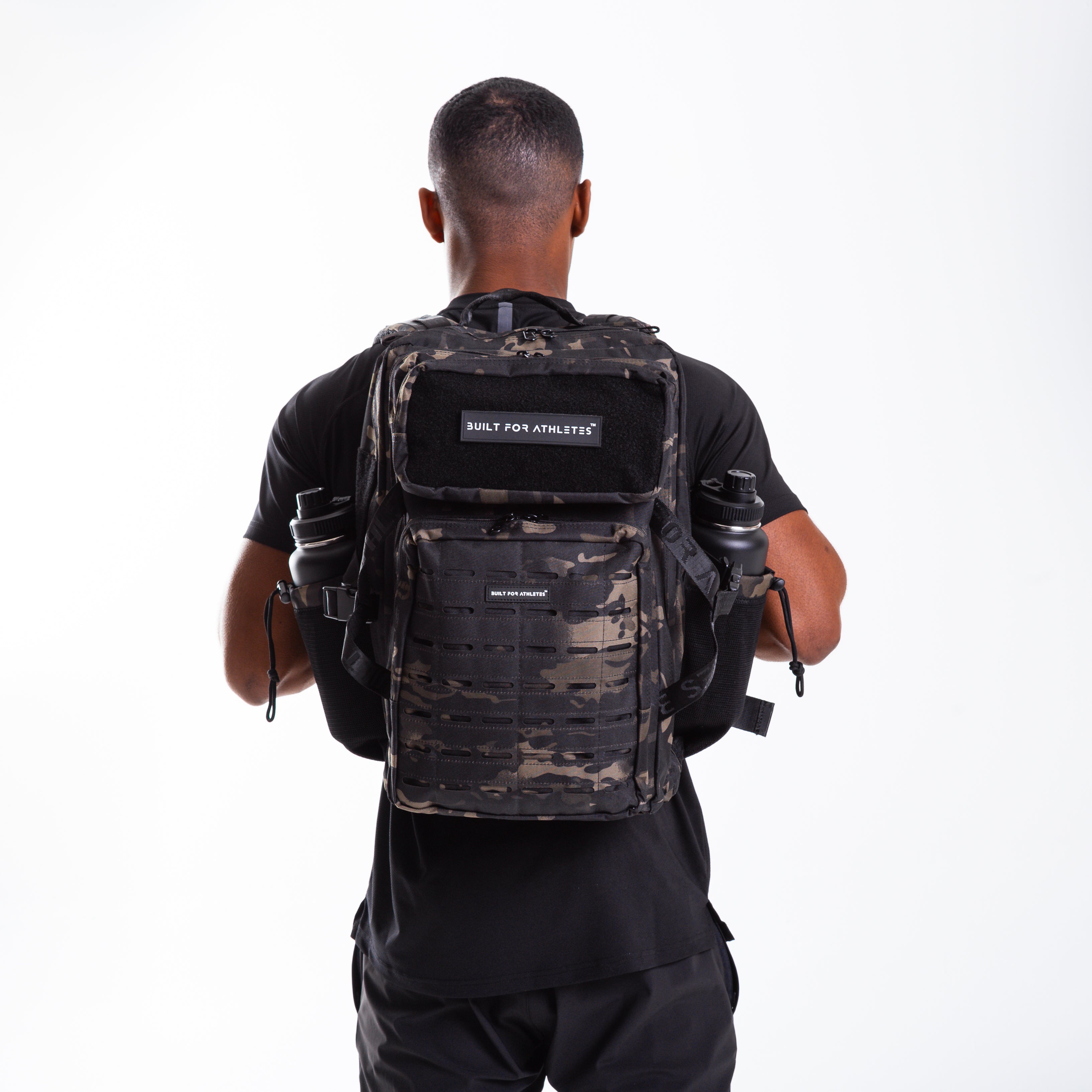
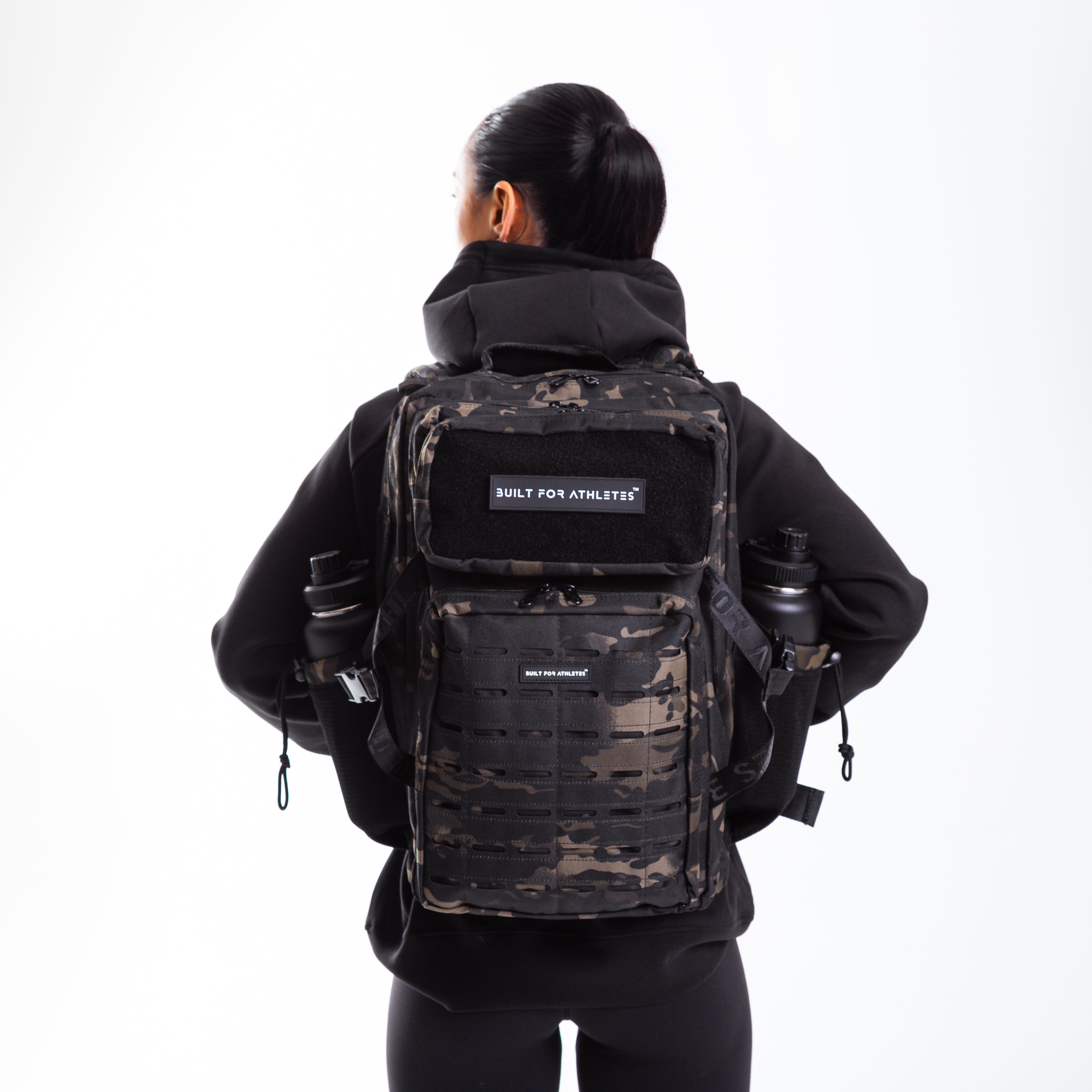
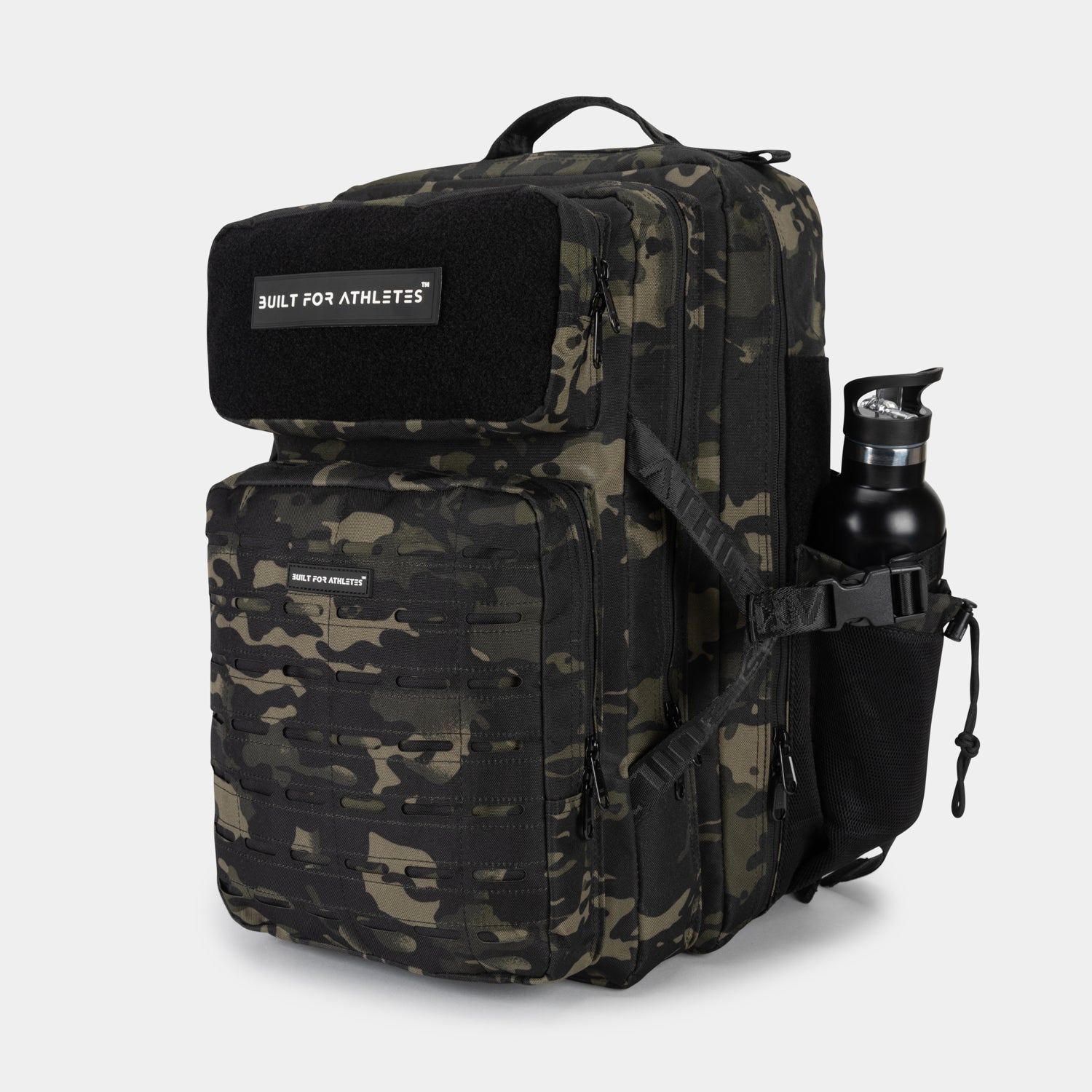
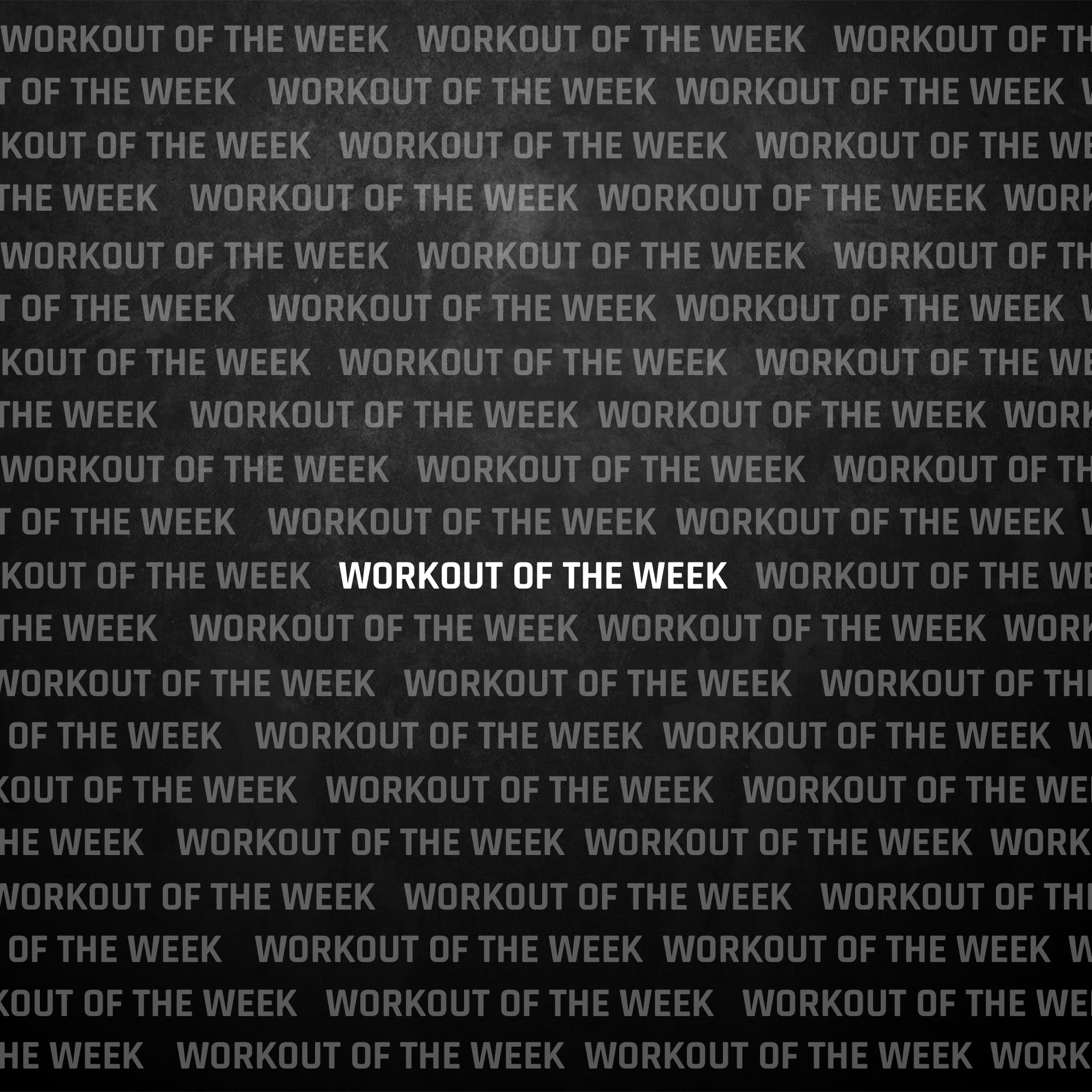
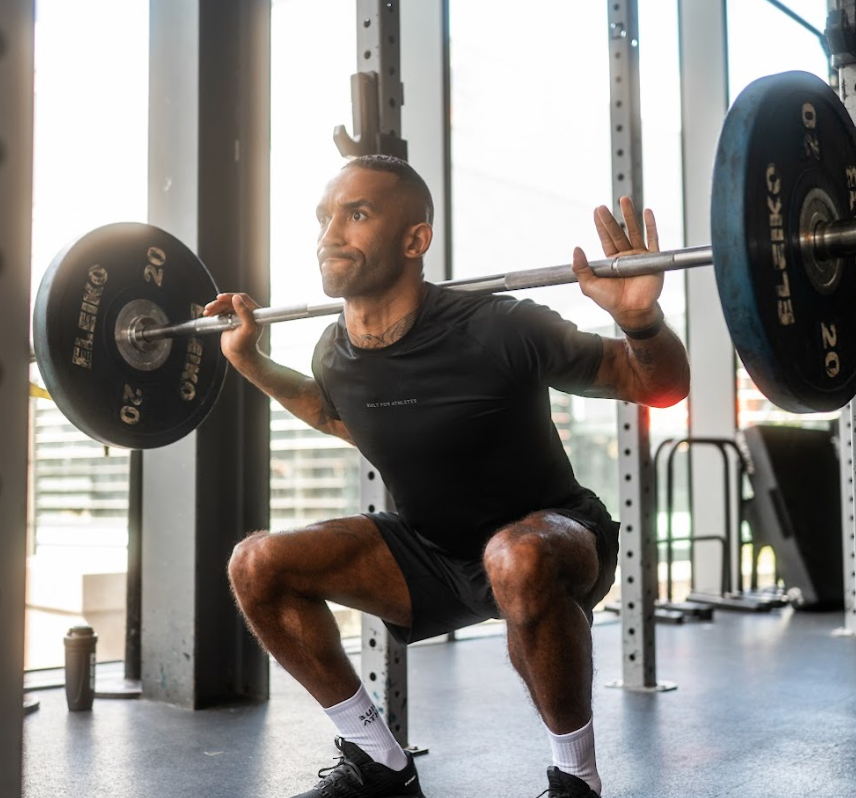

Share:
Take Five: Recovery Tips for Achy Bodies
Wodapalooza CrossFit Festival report: Toomey beats Sigmundsdottir